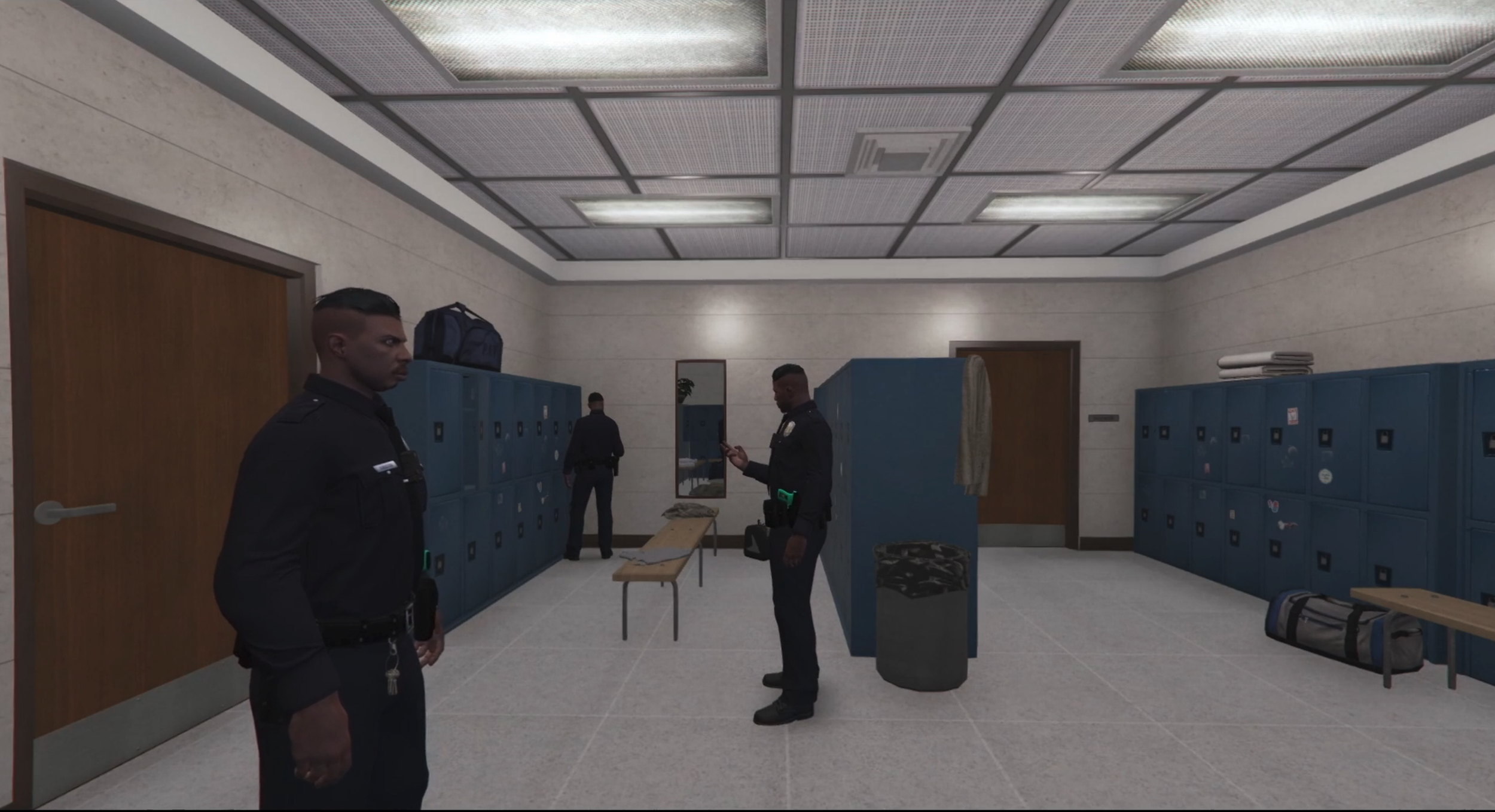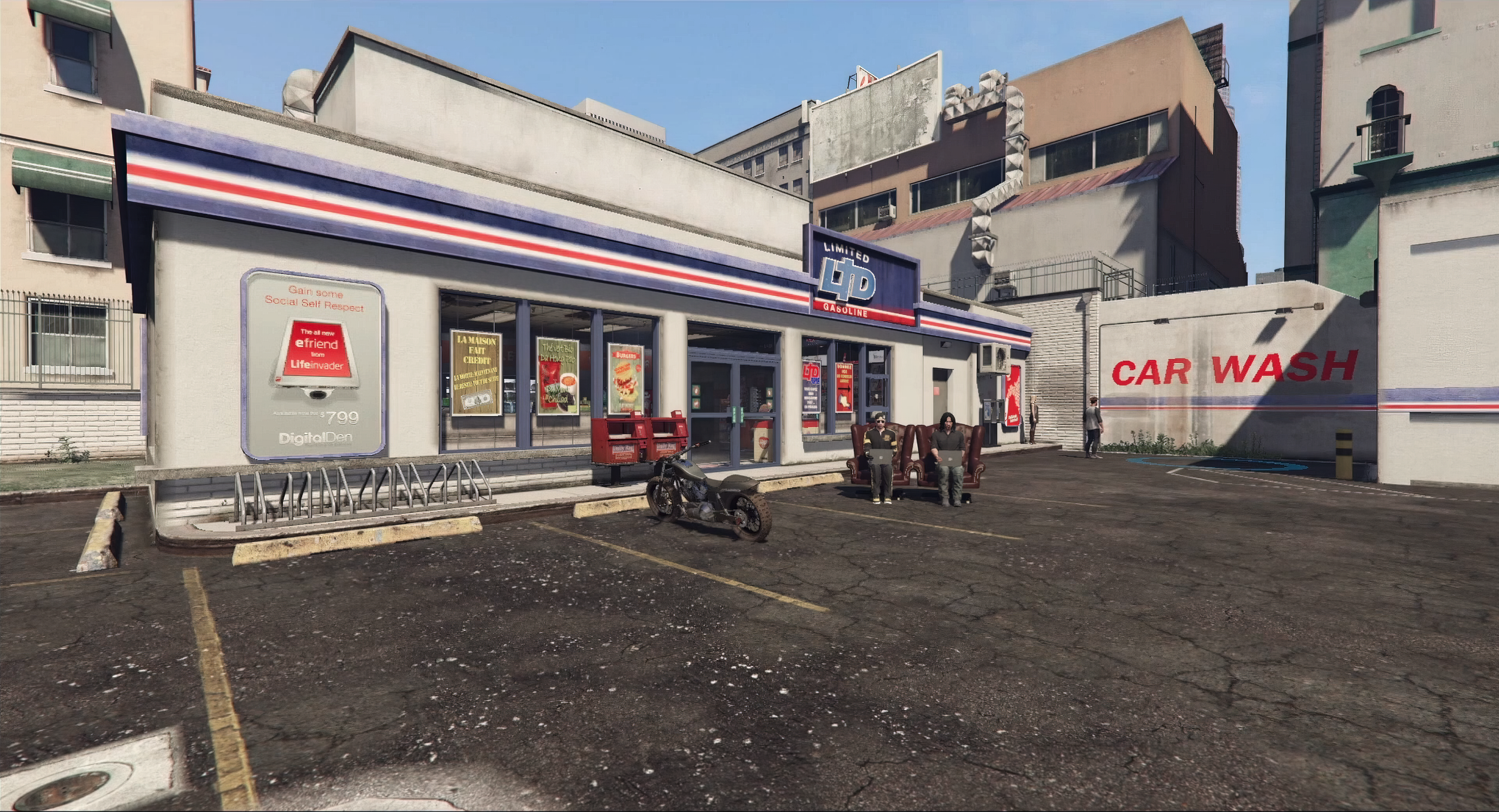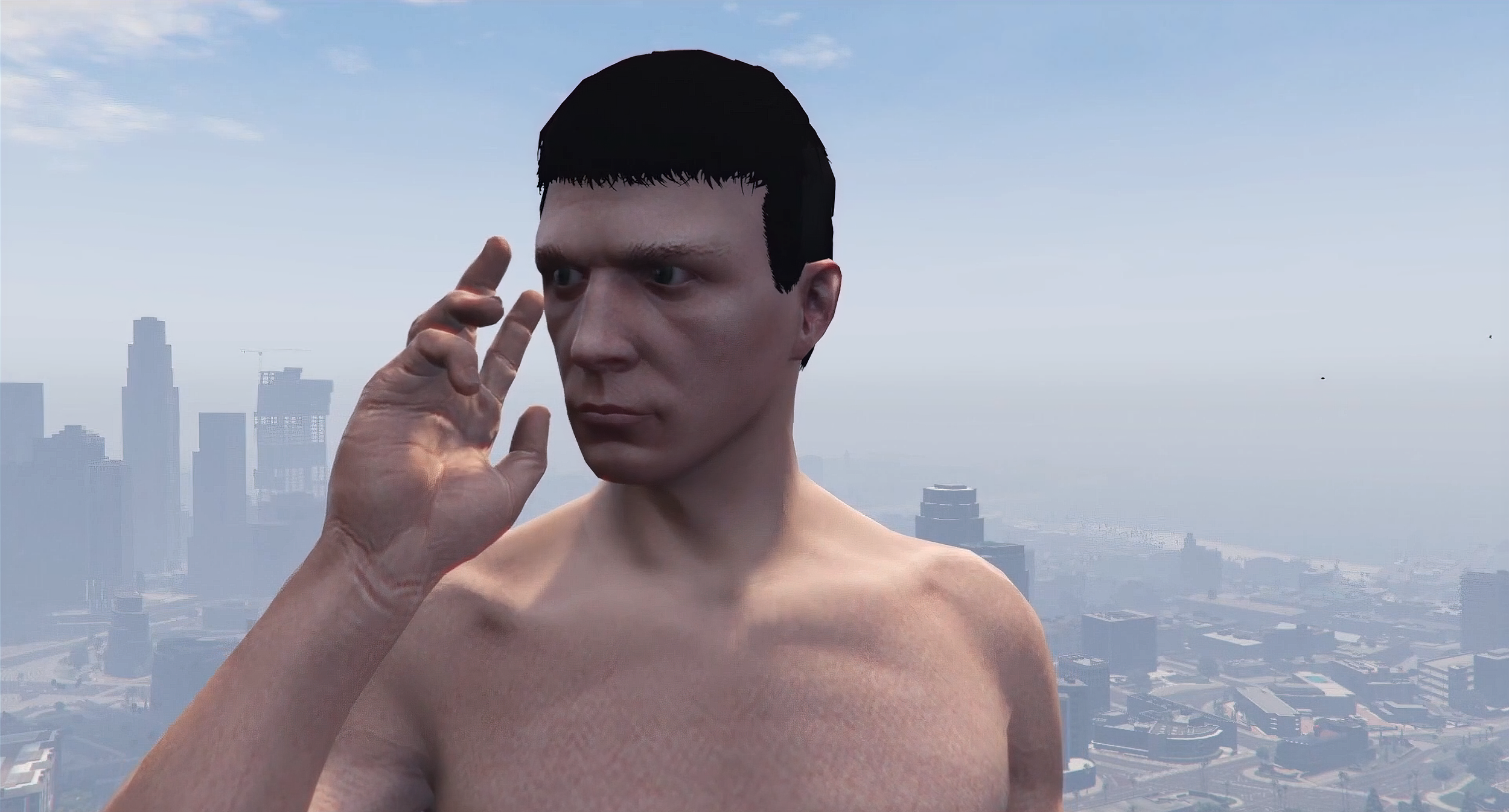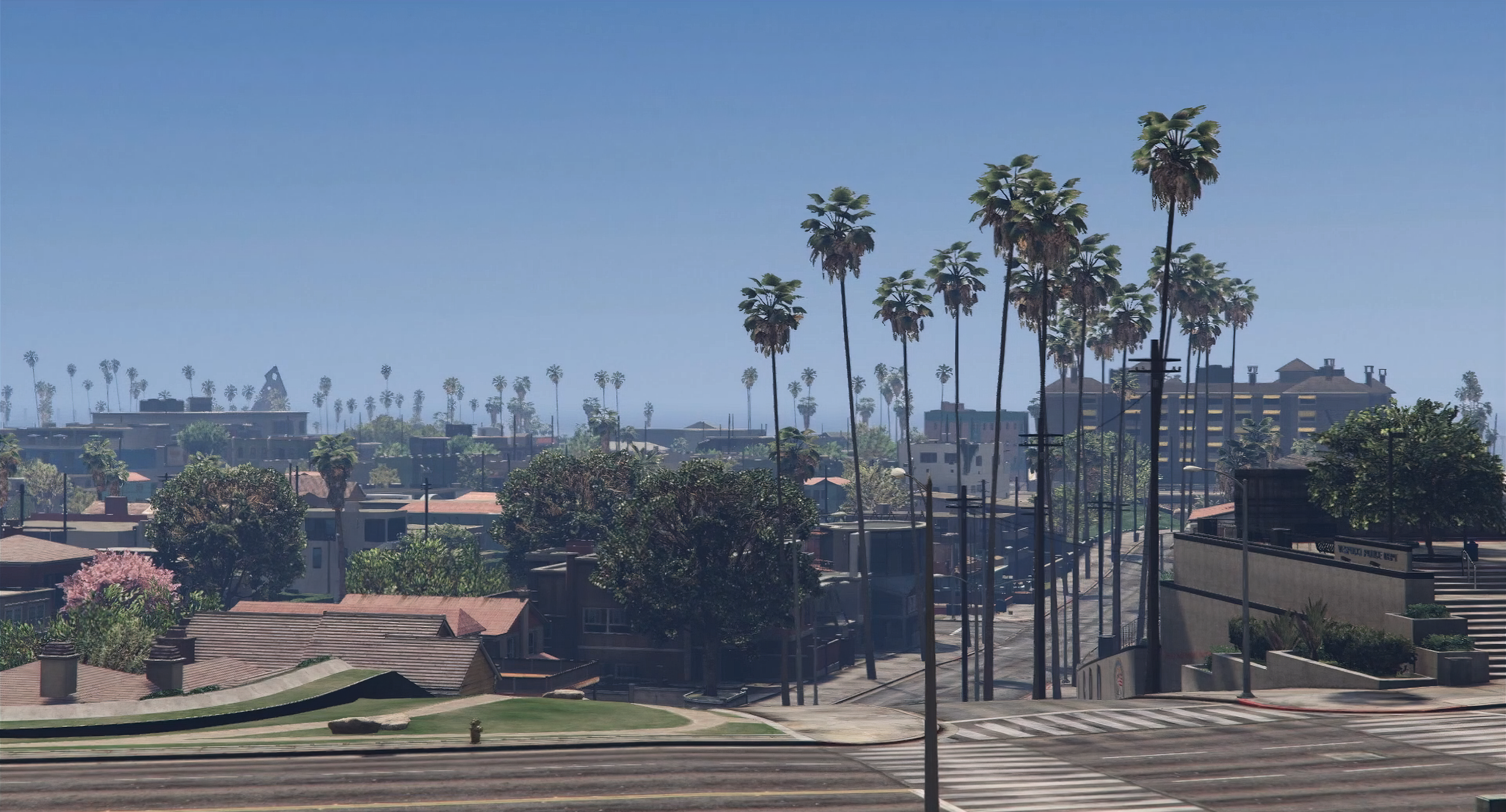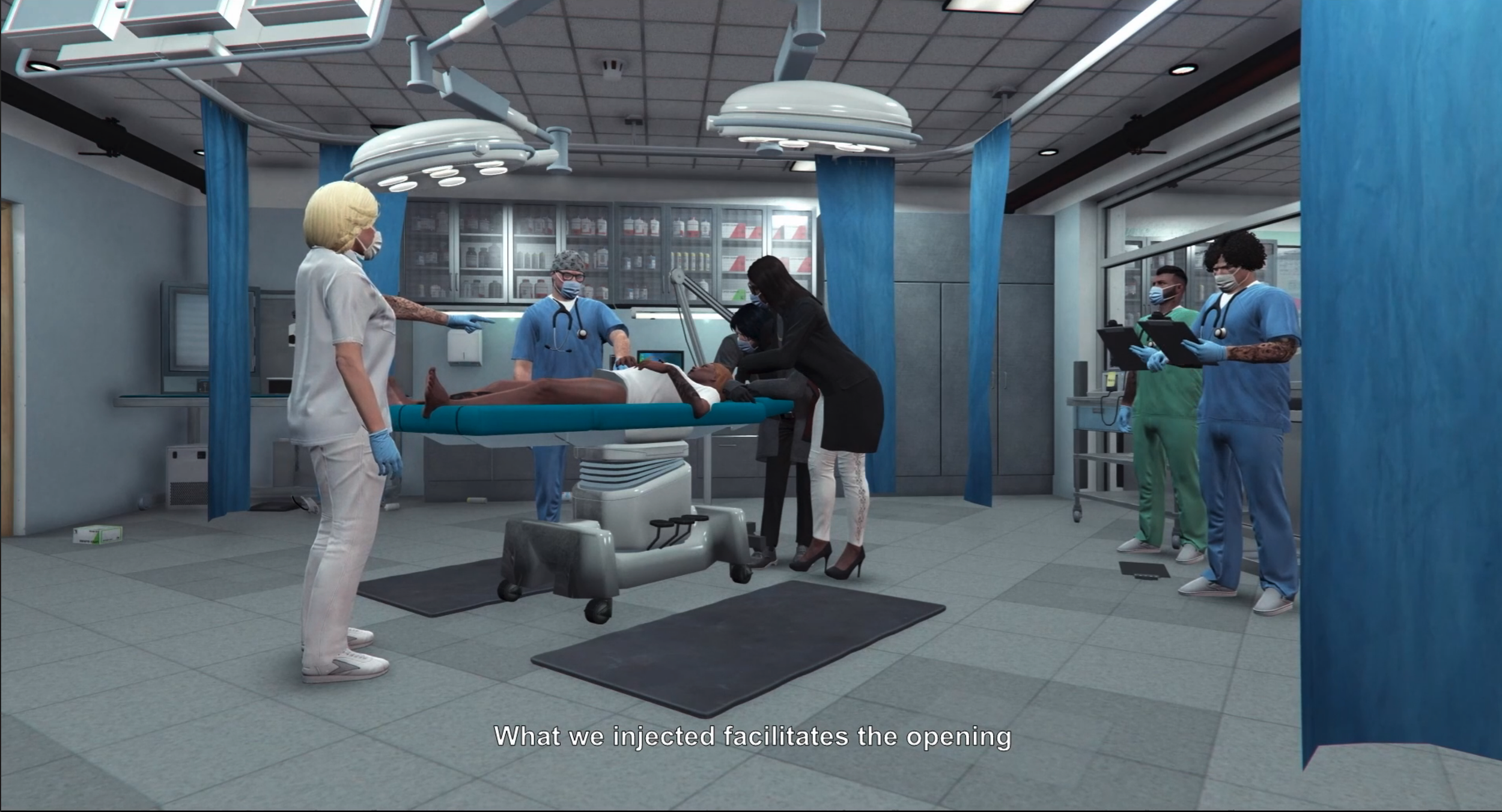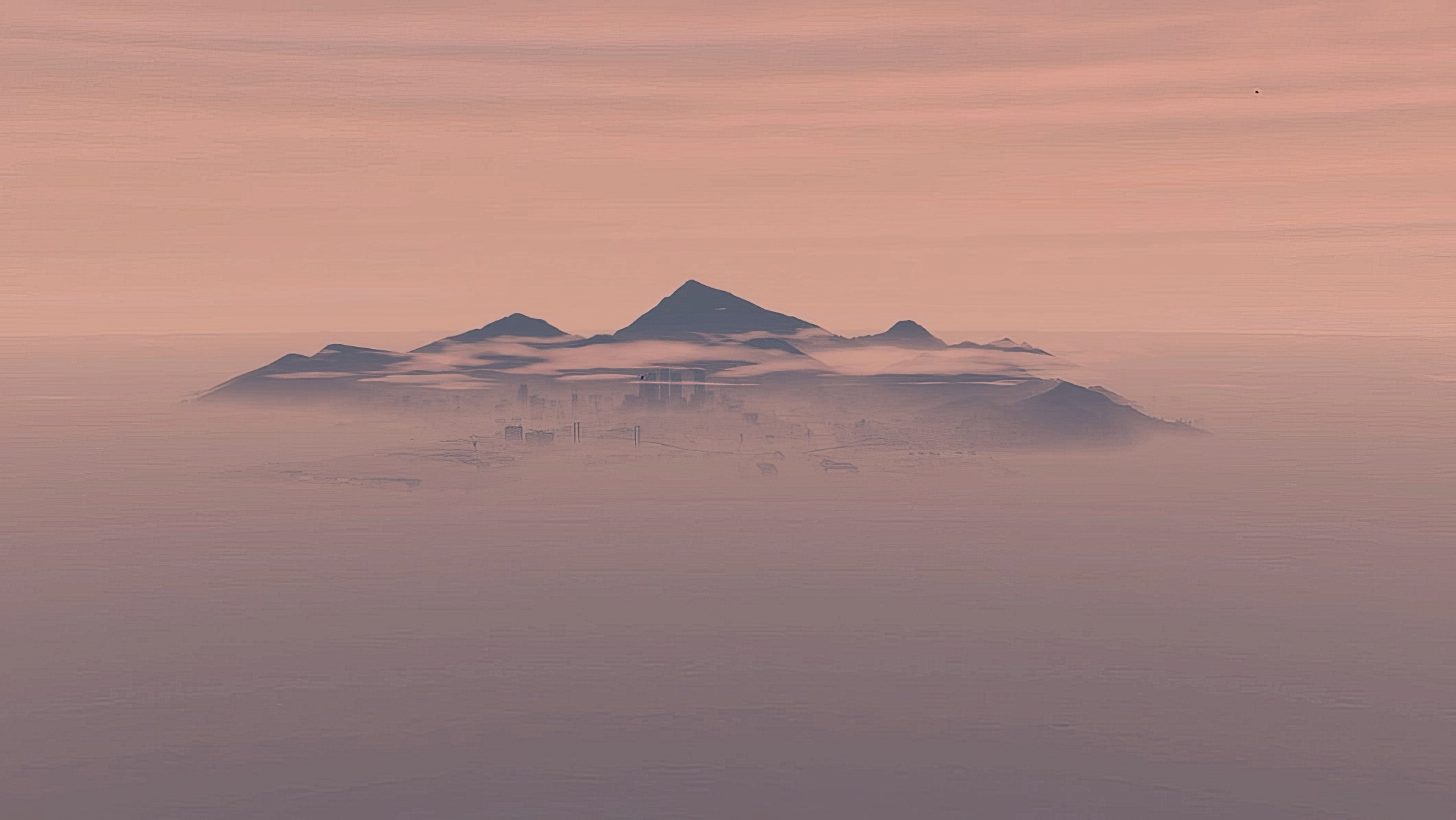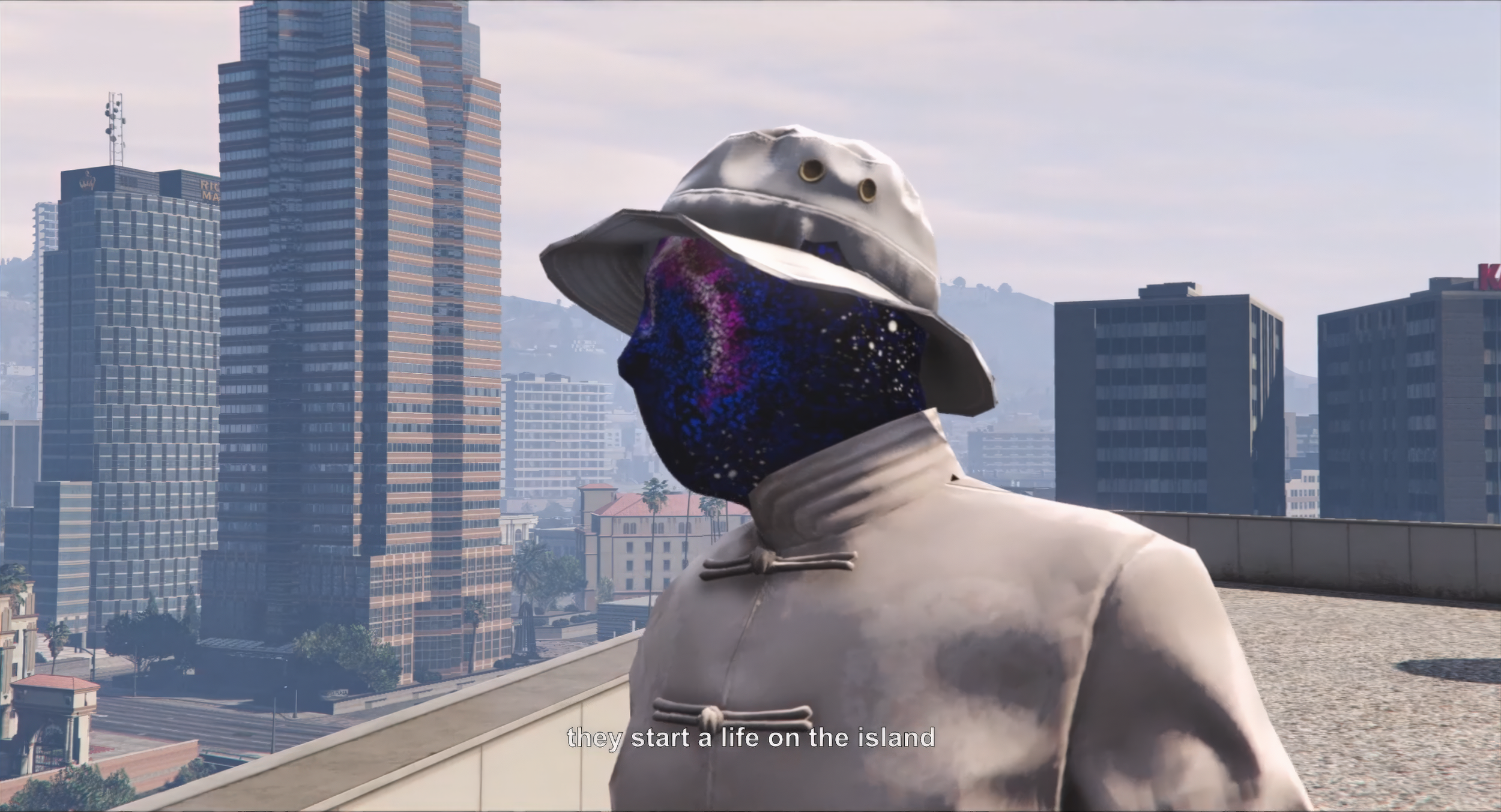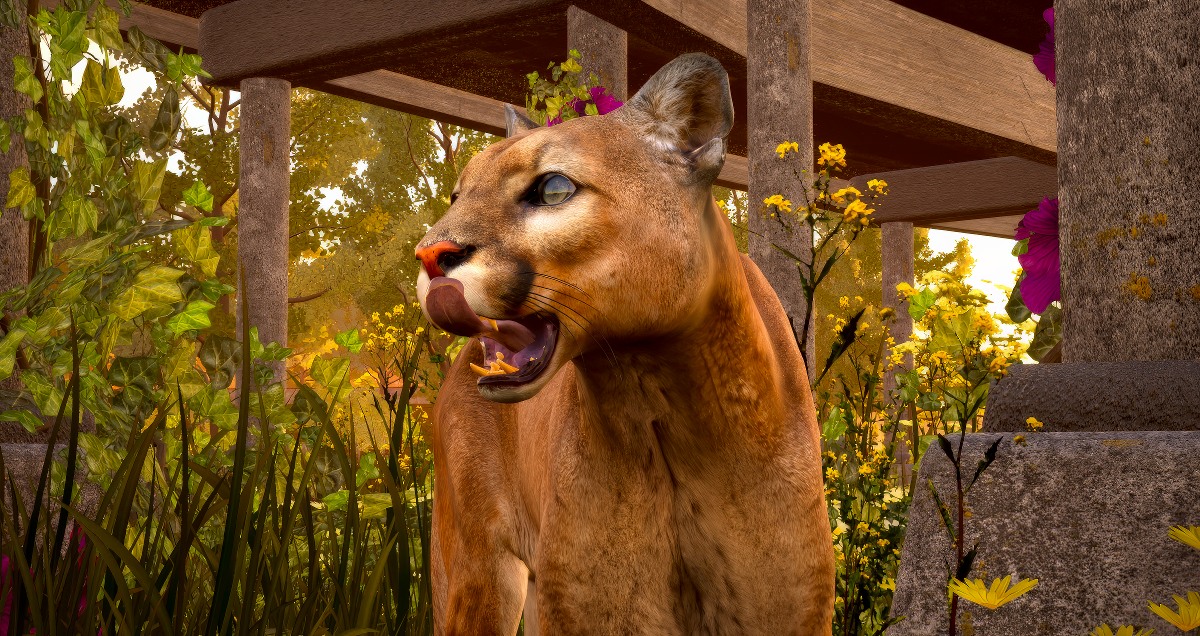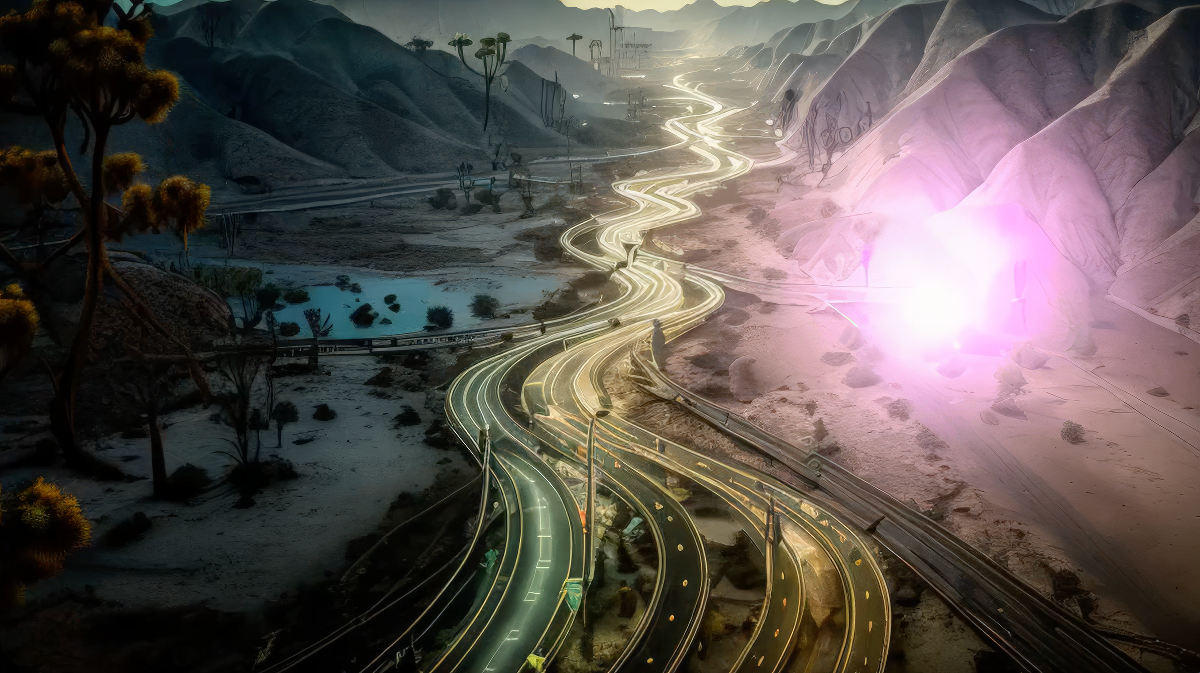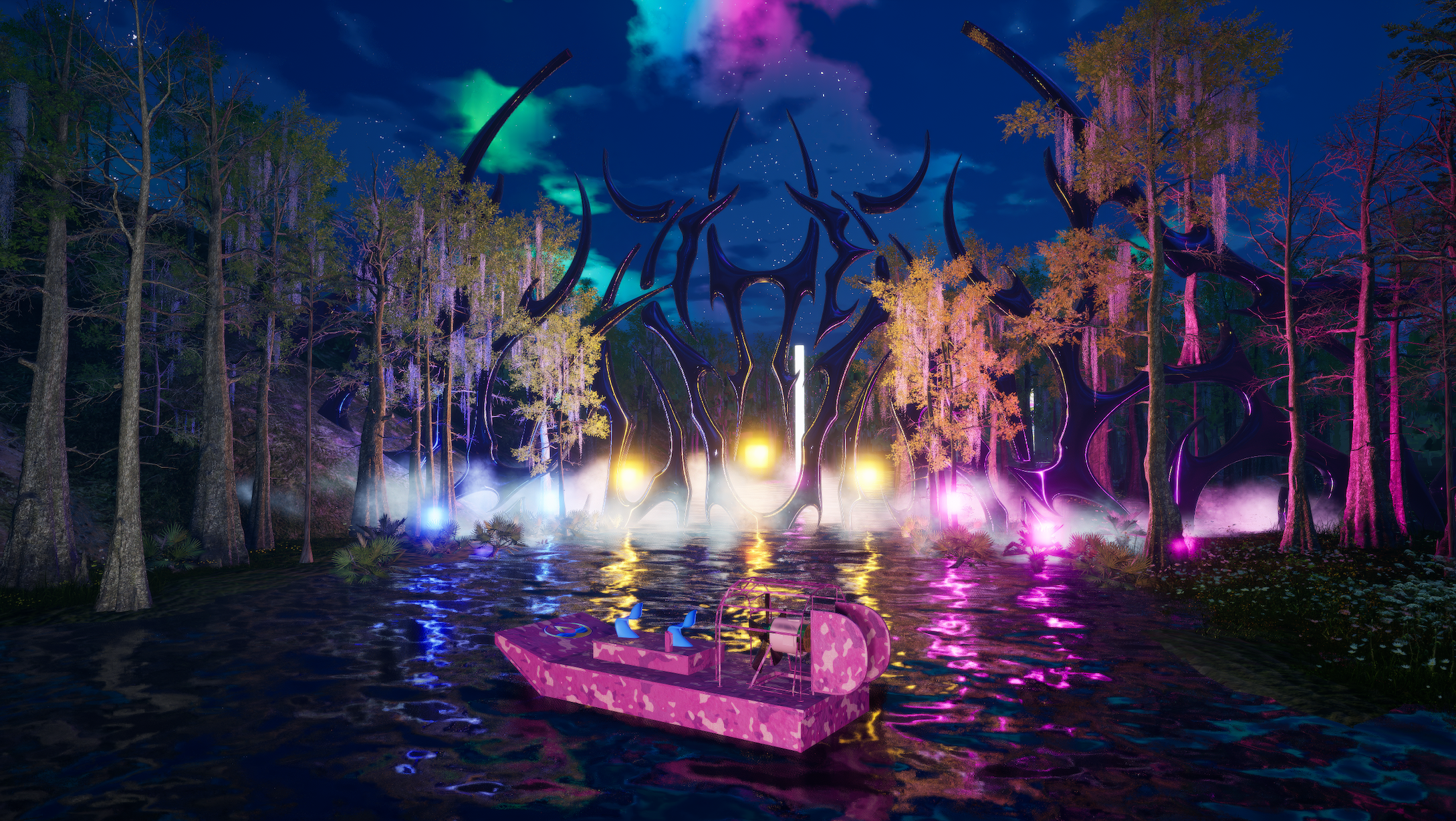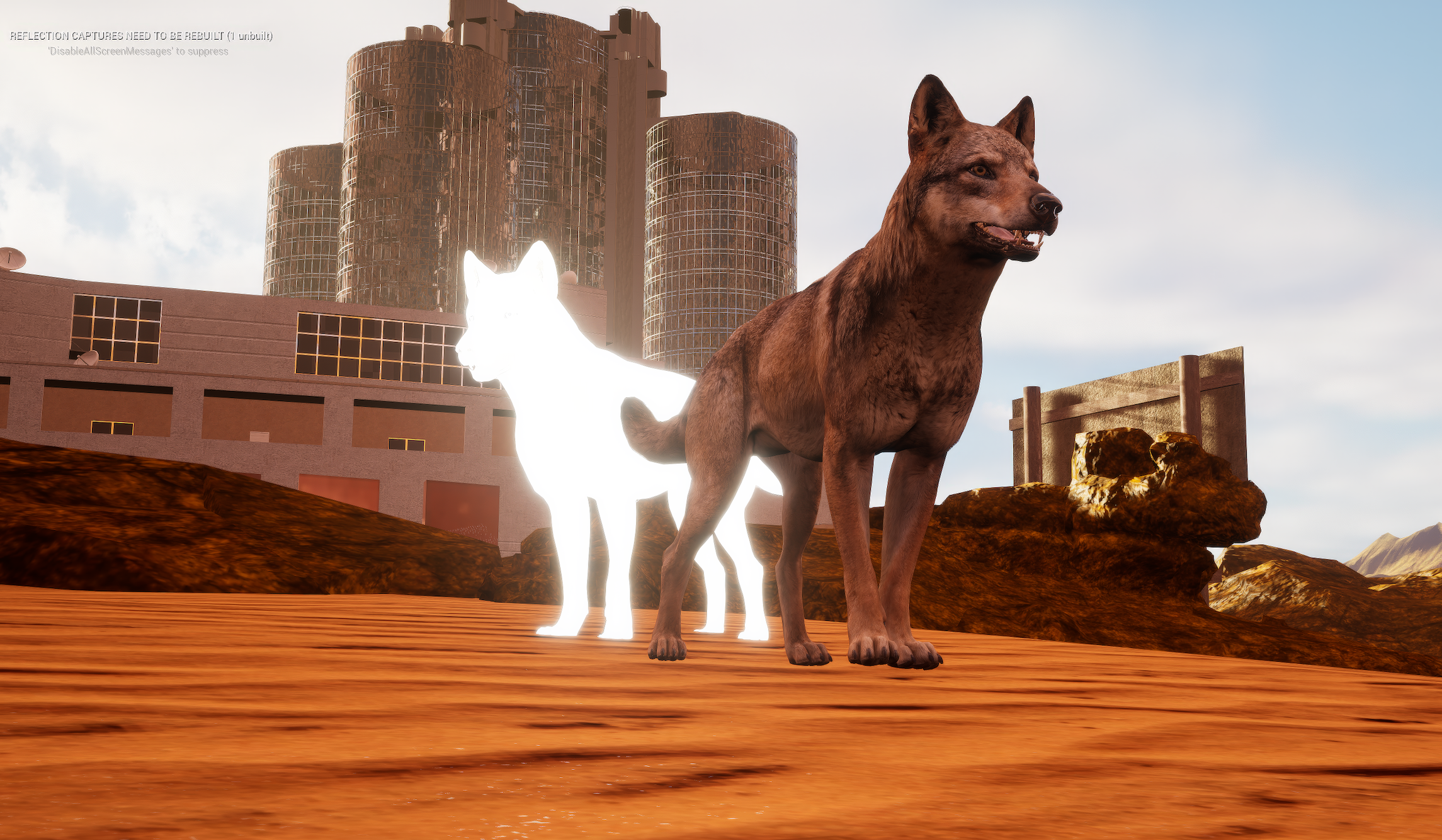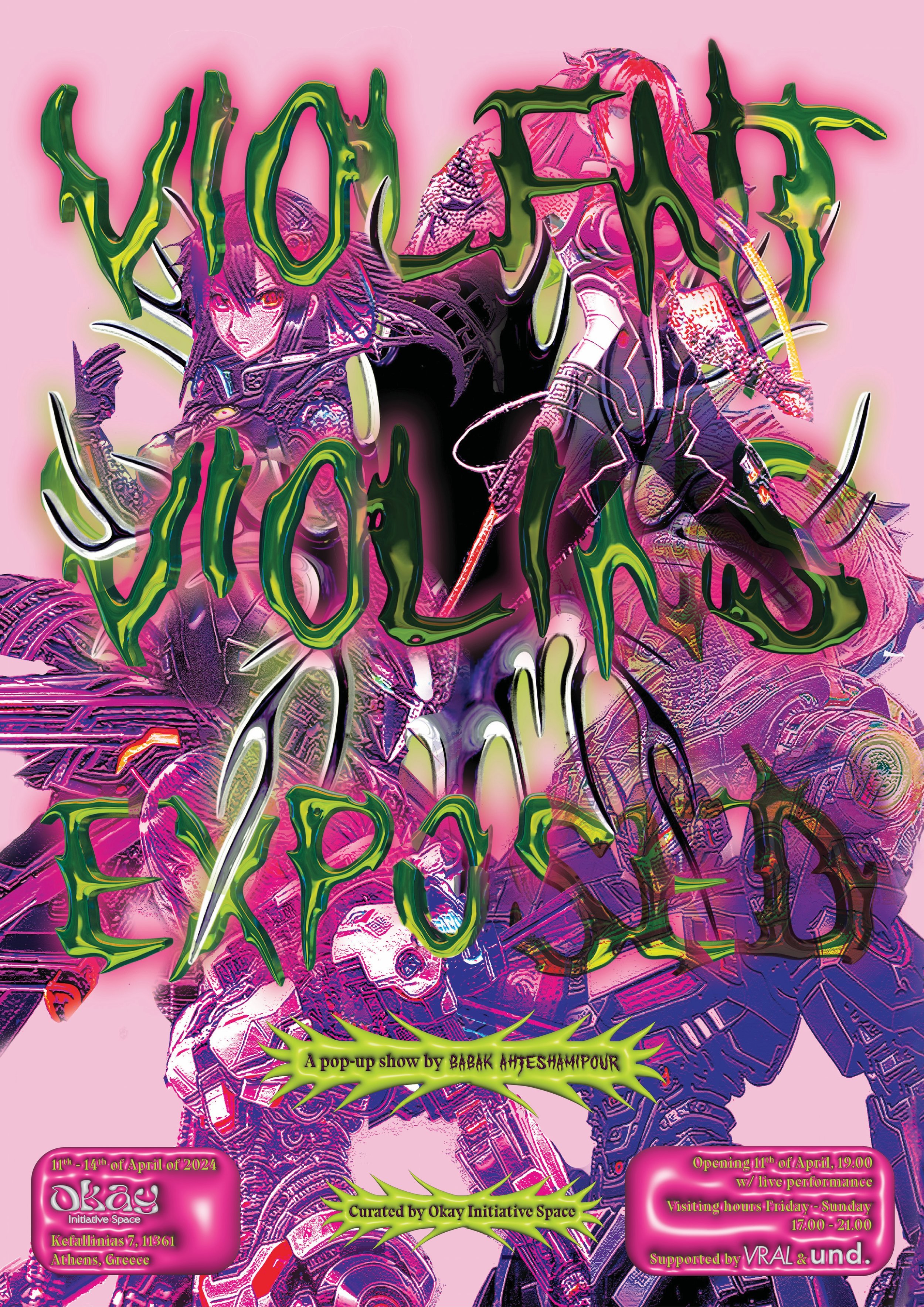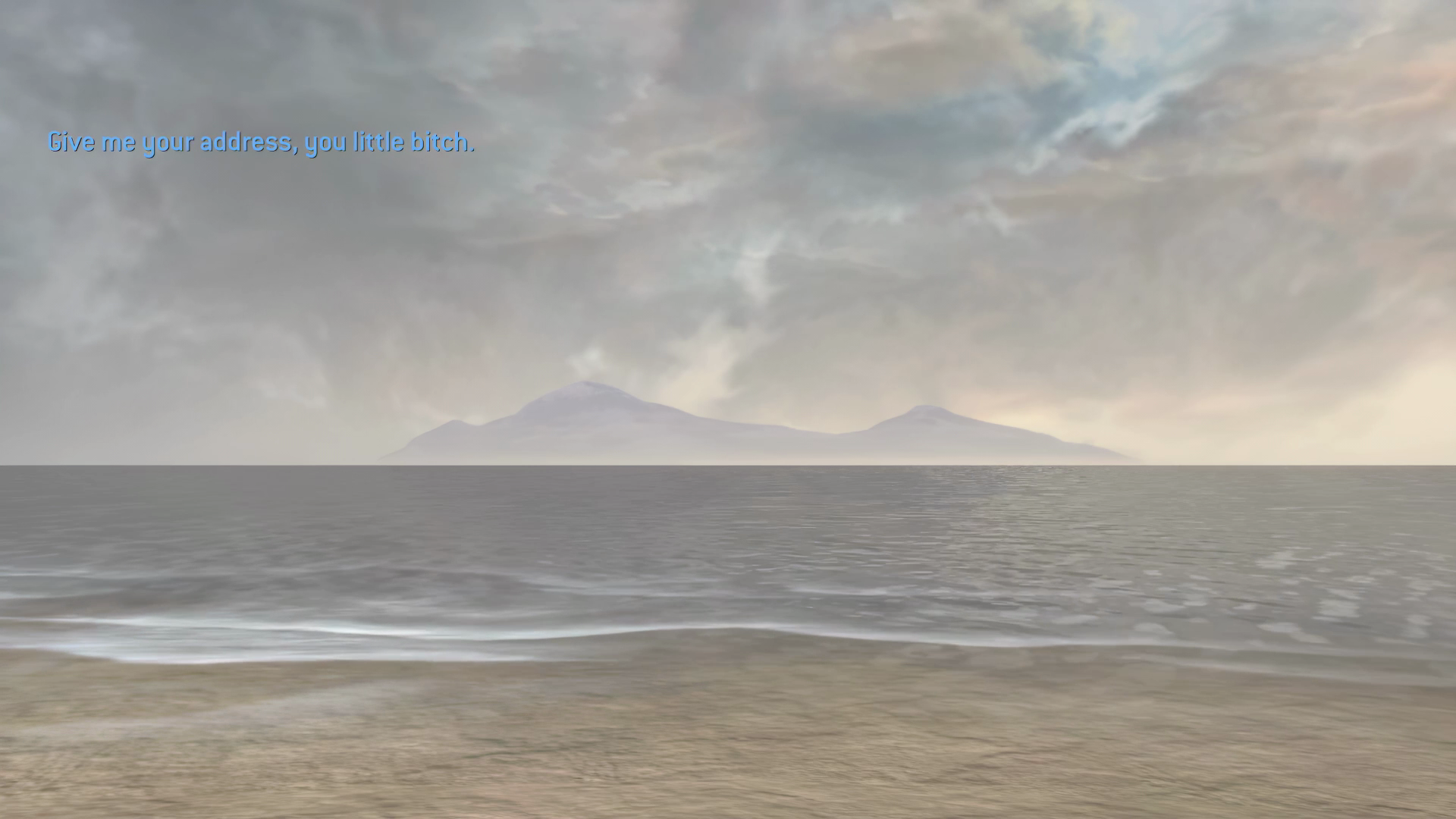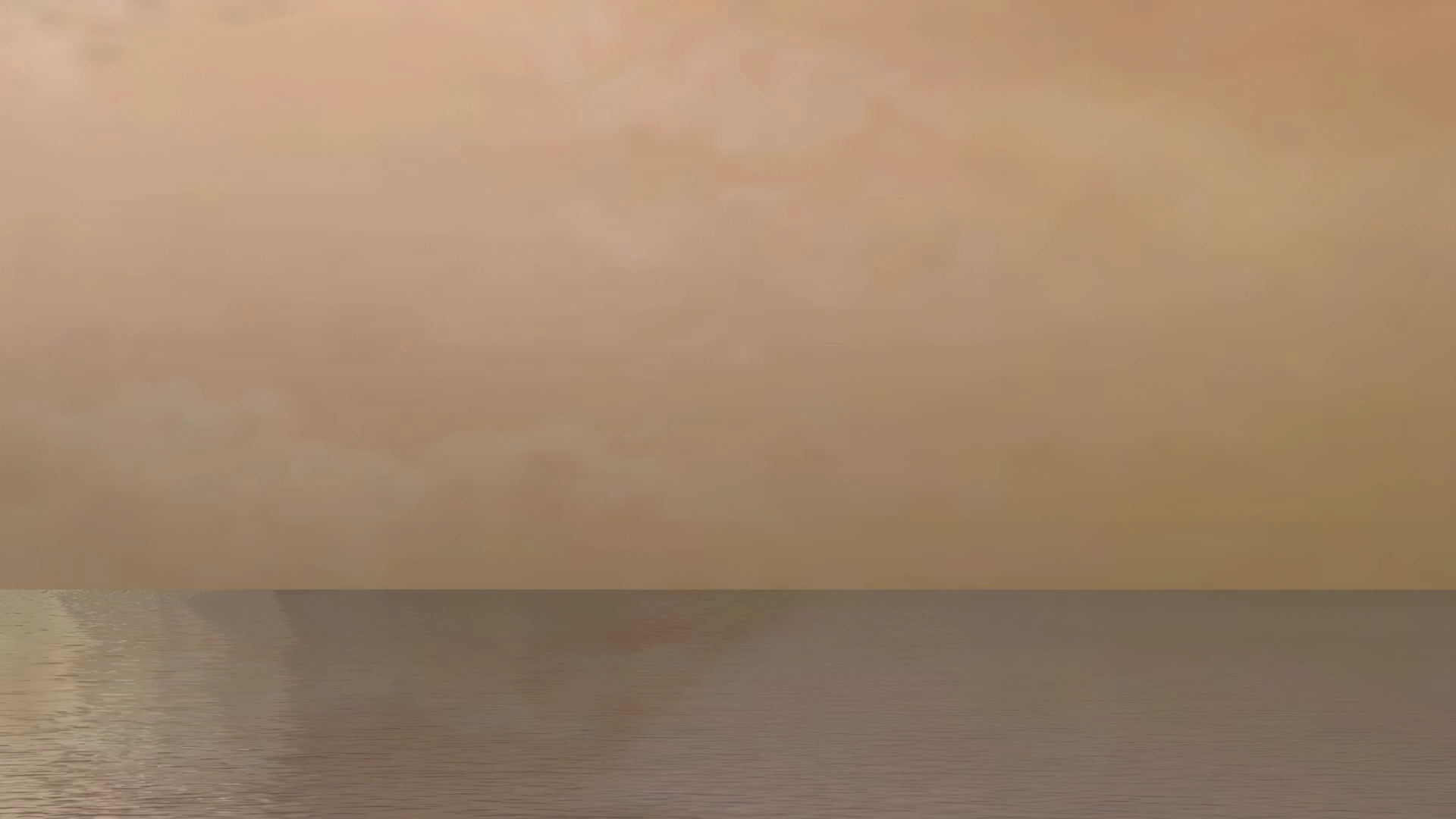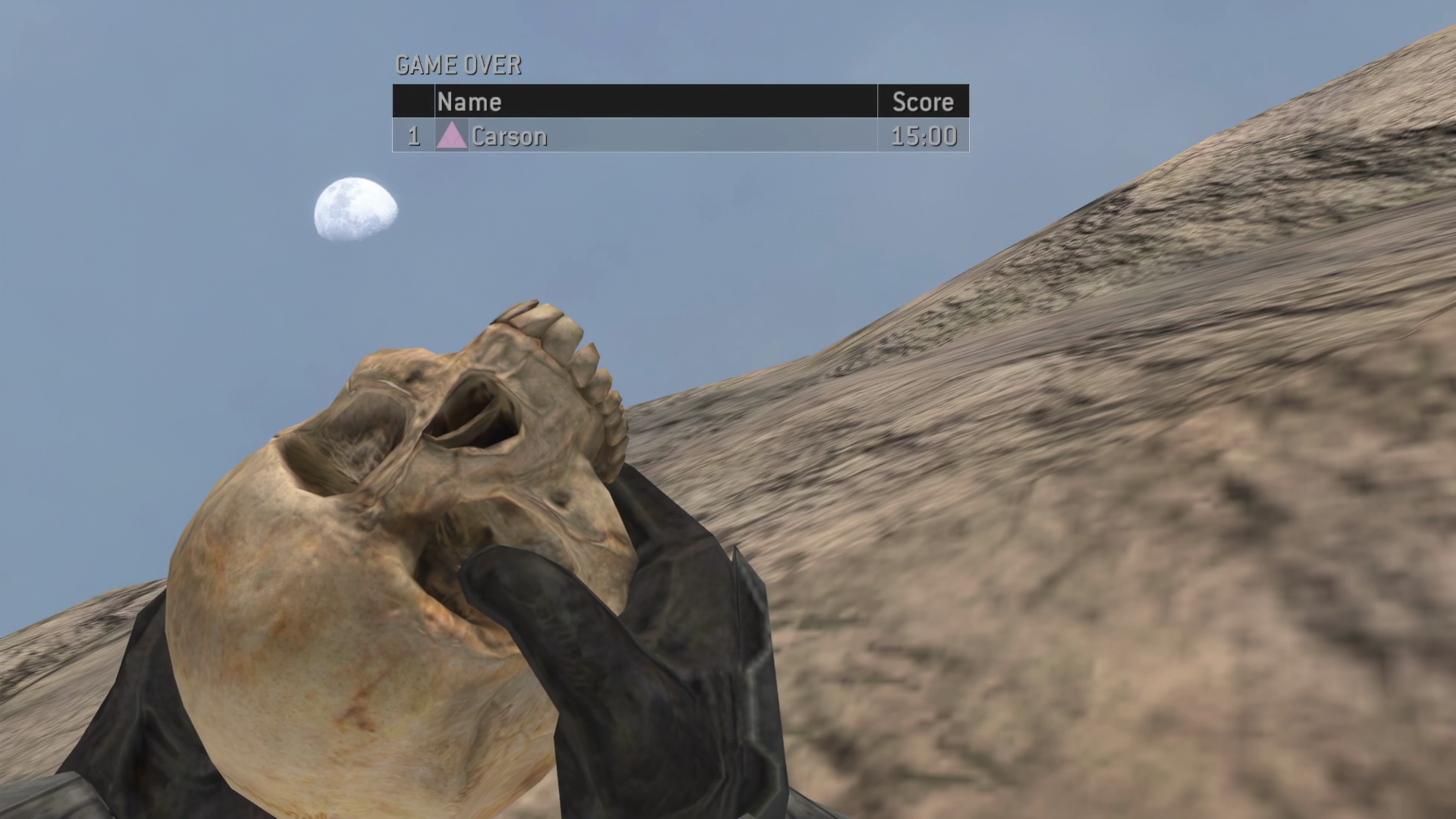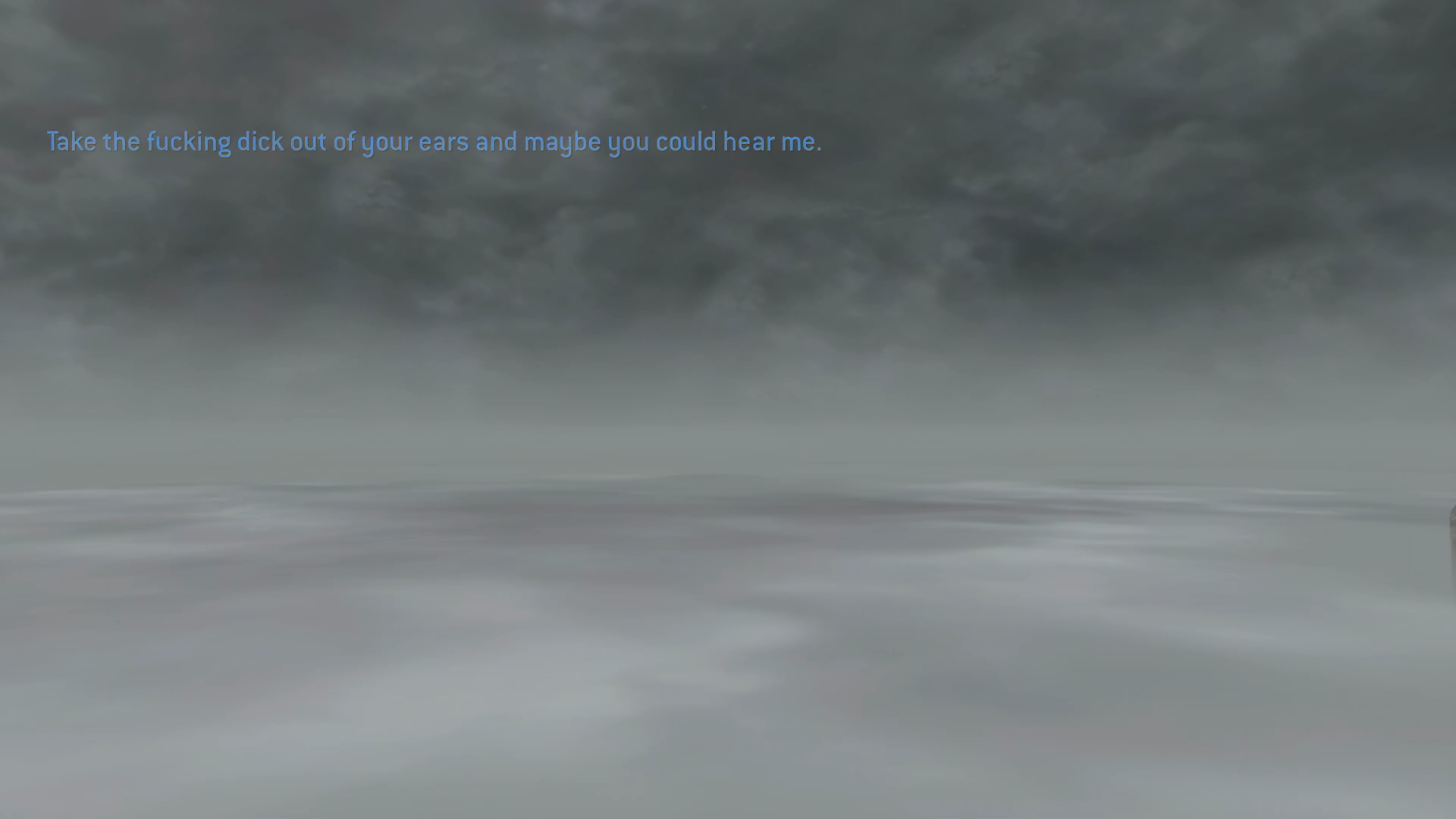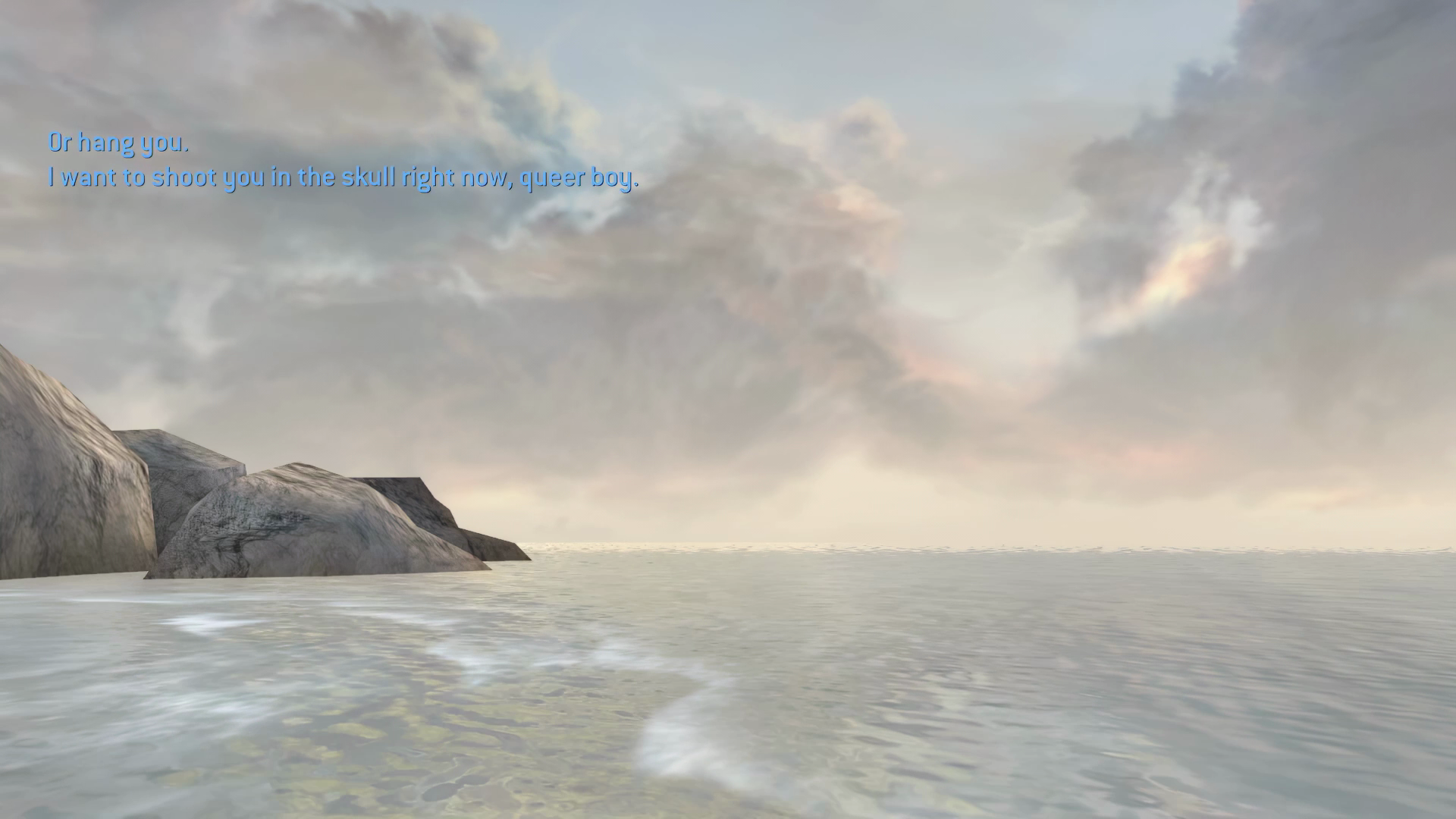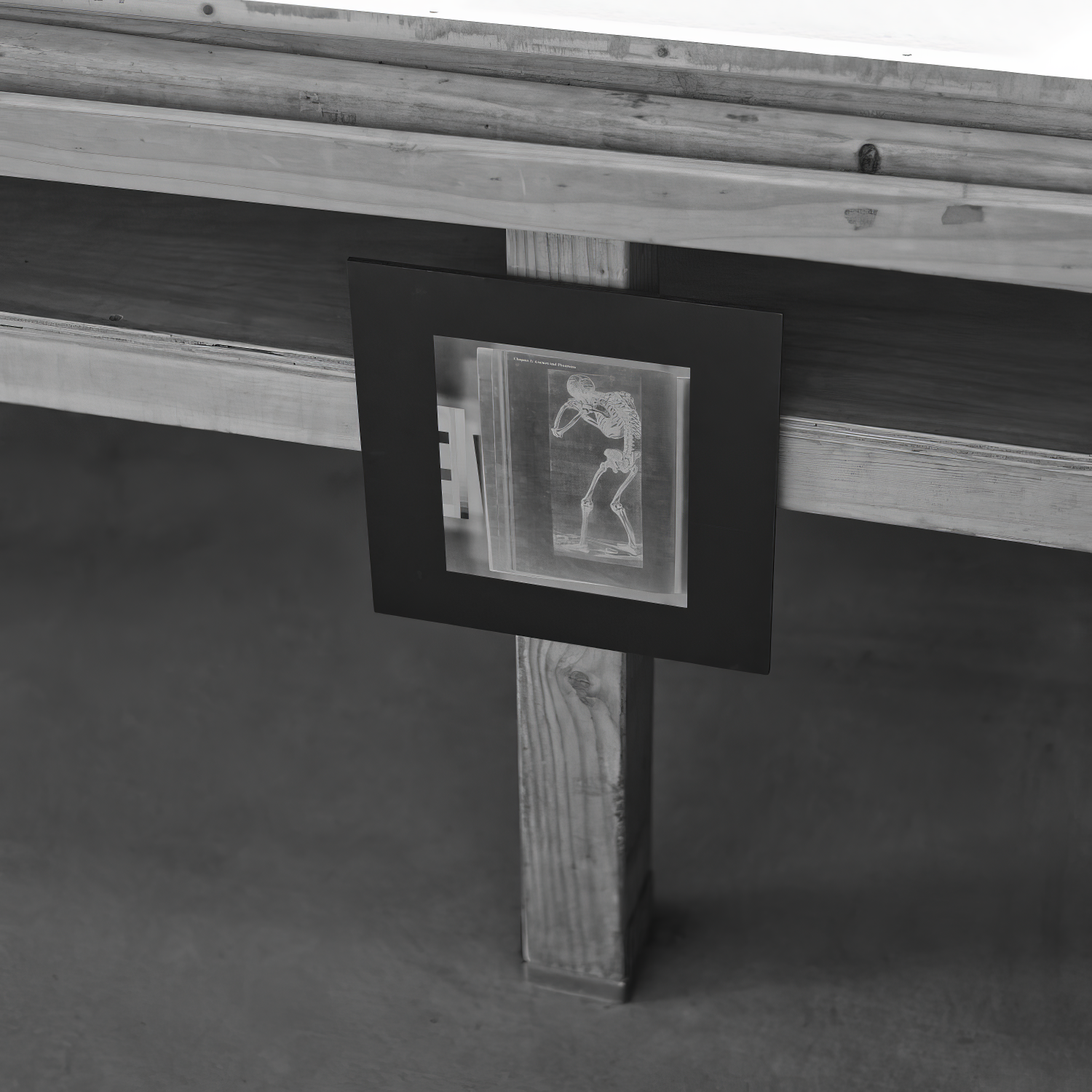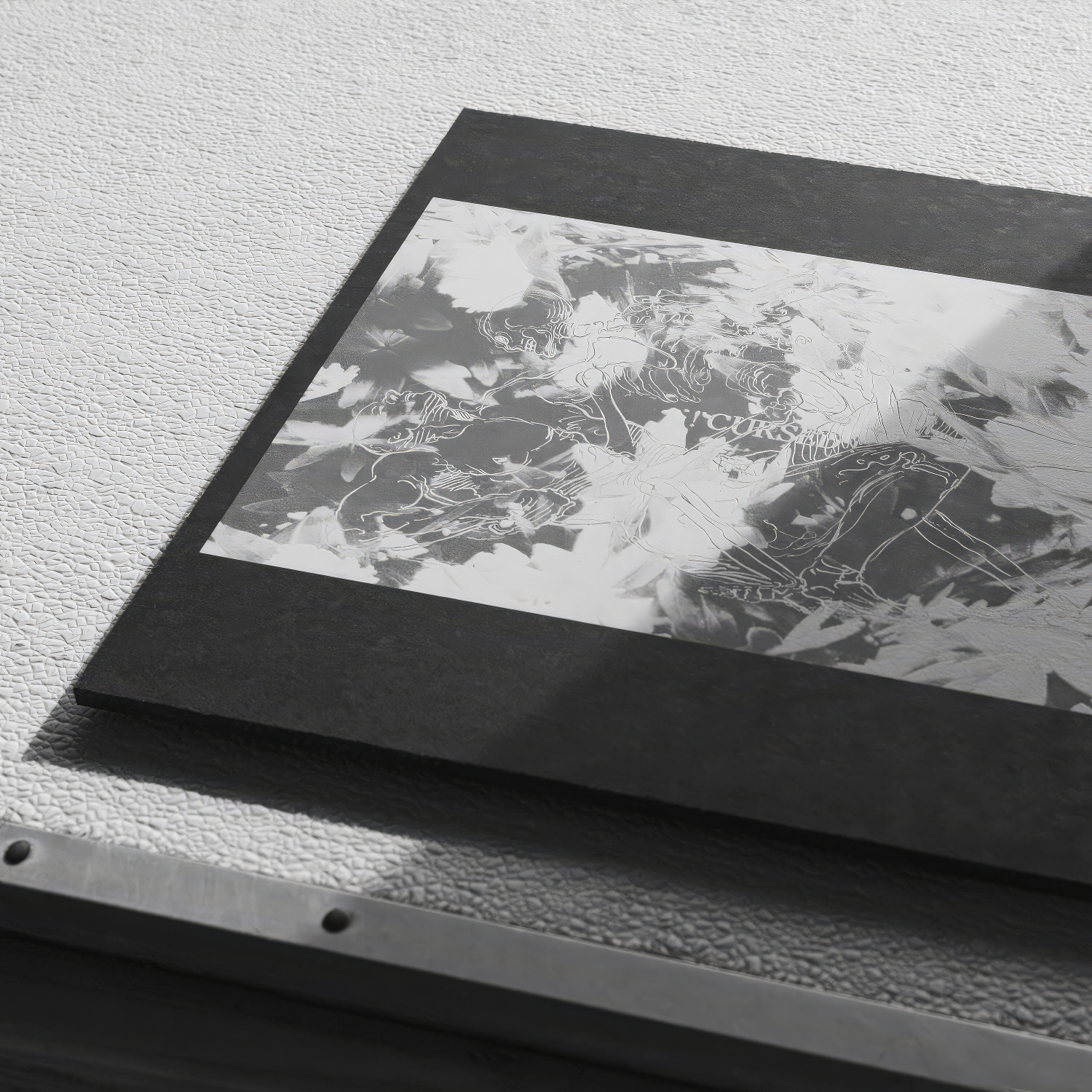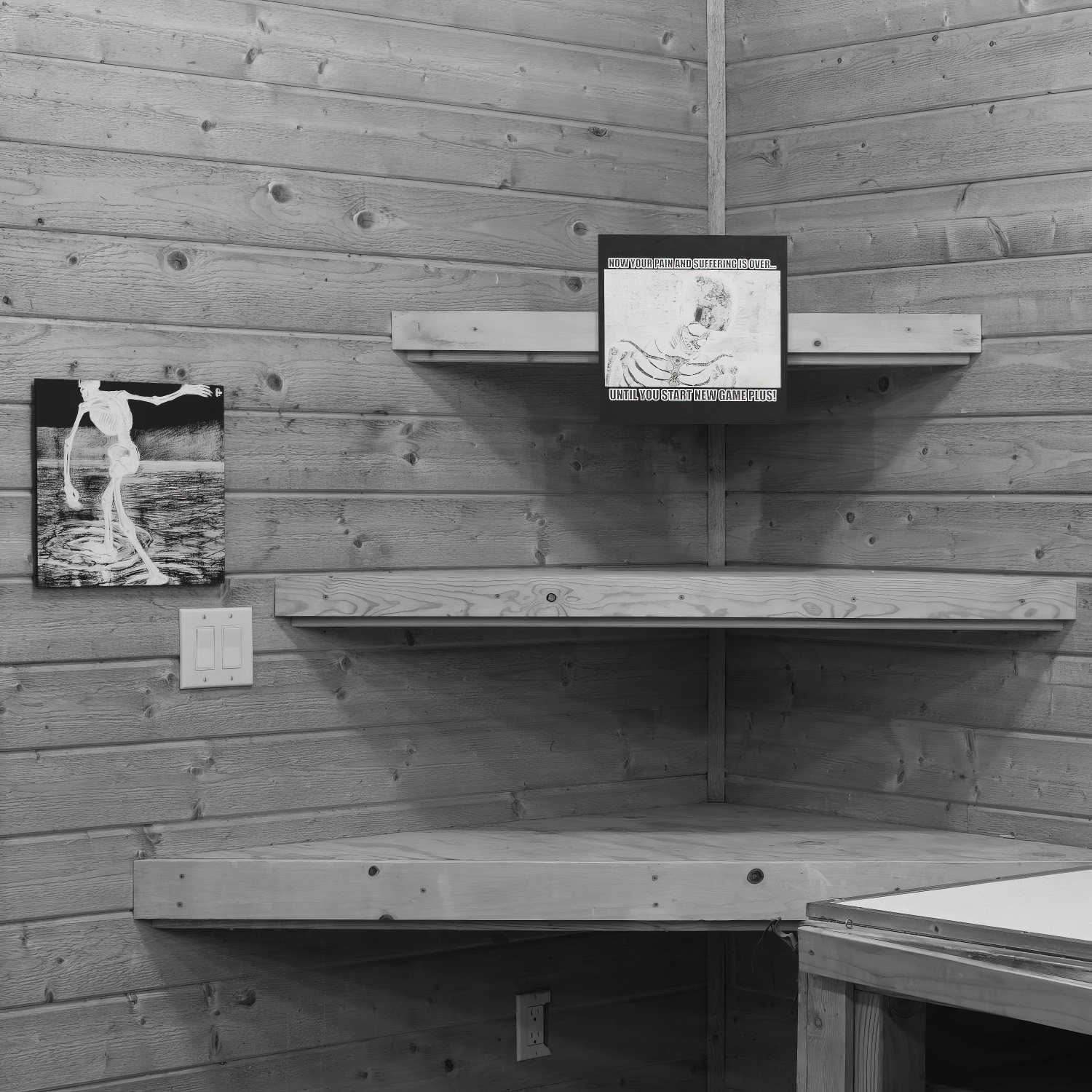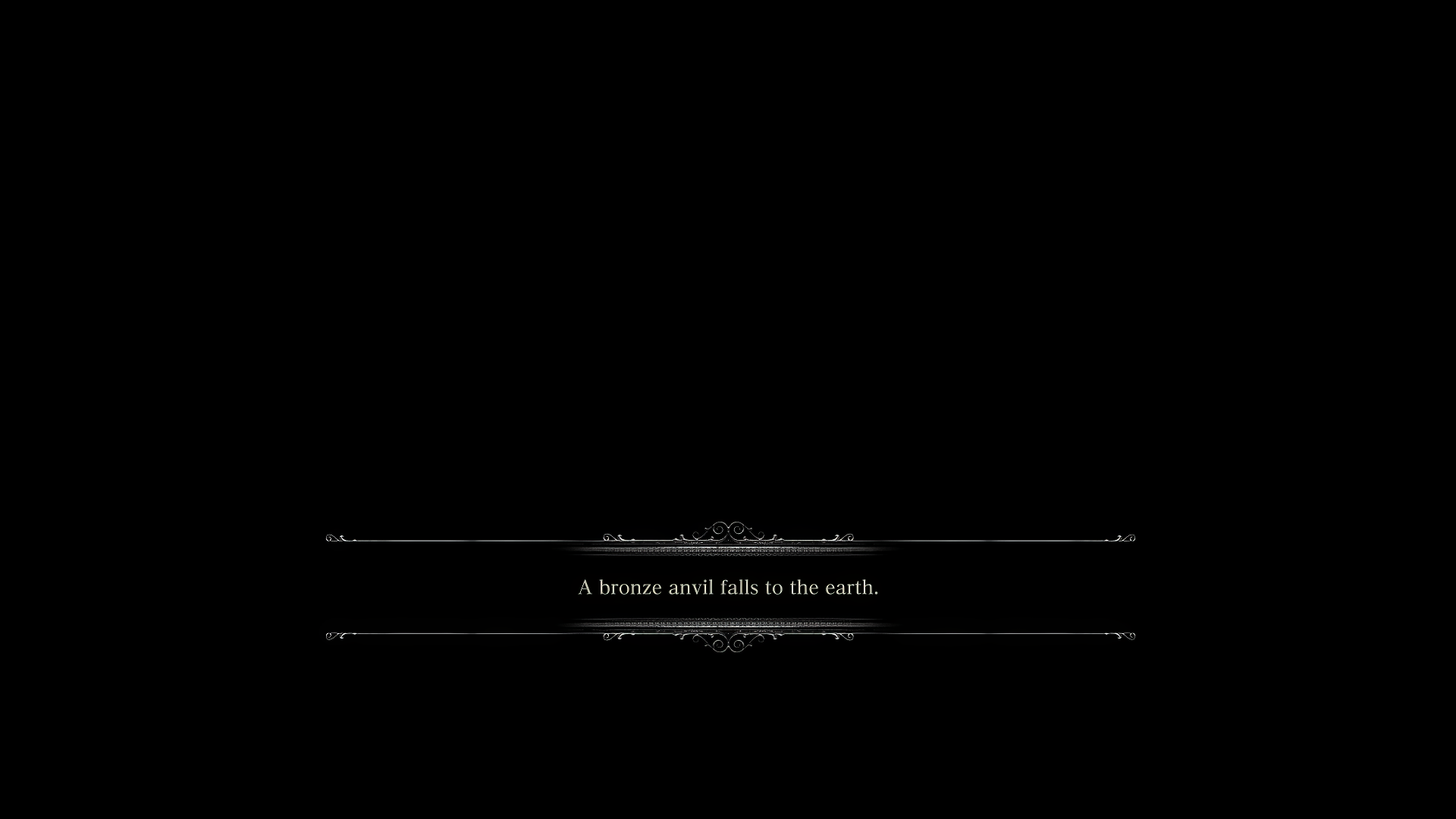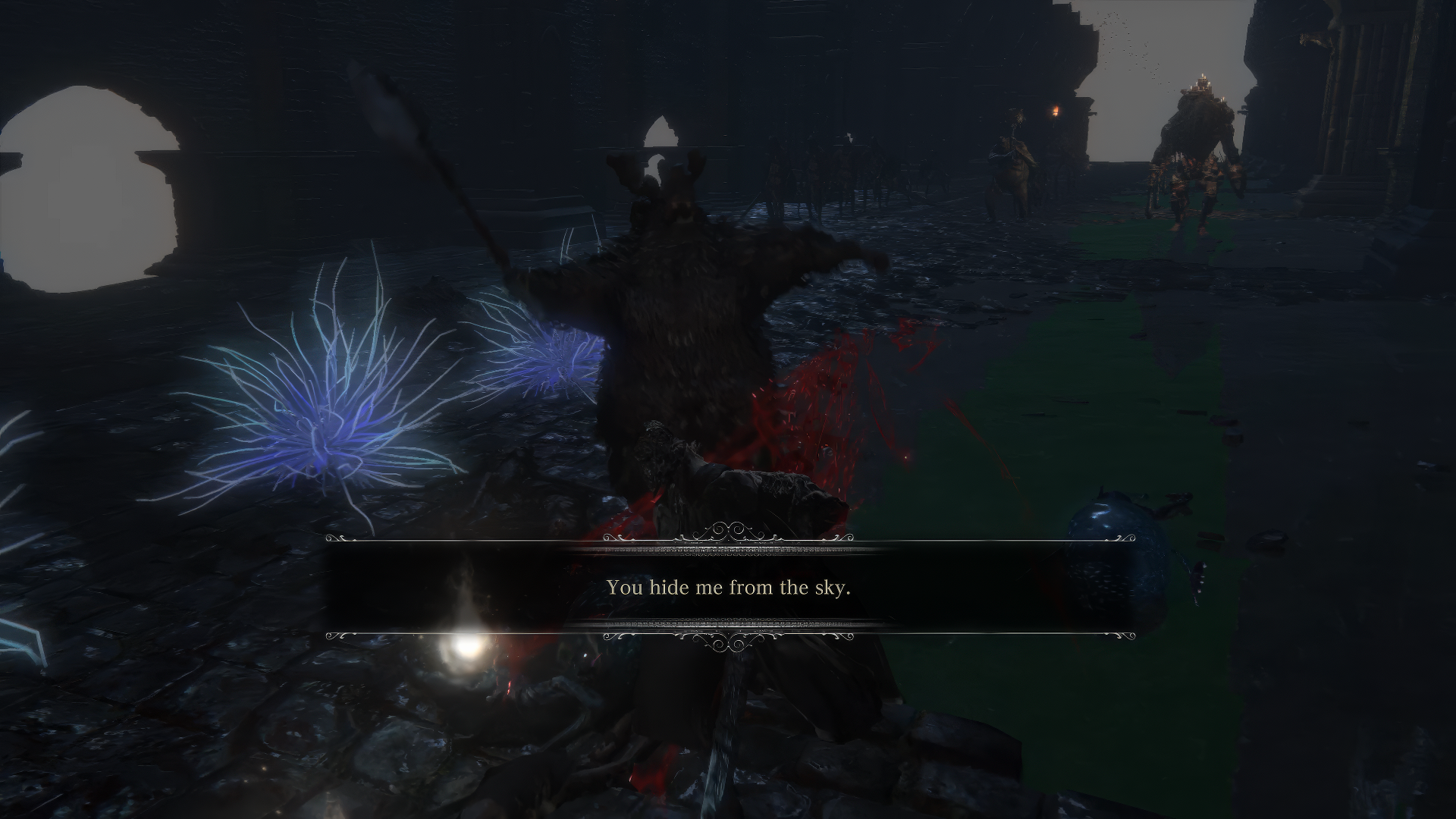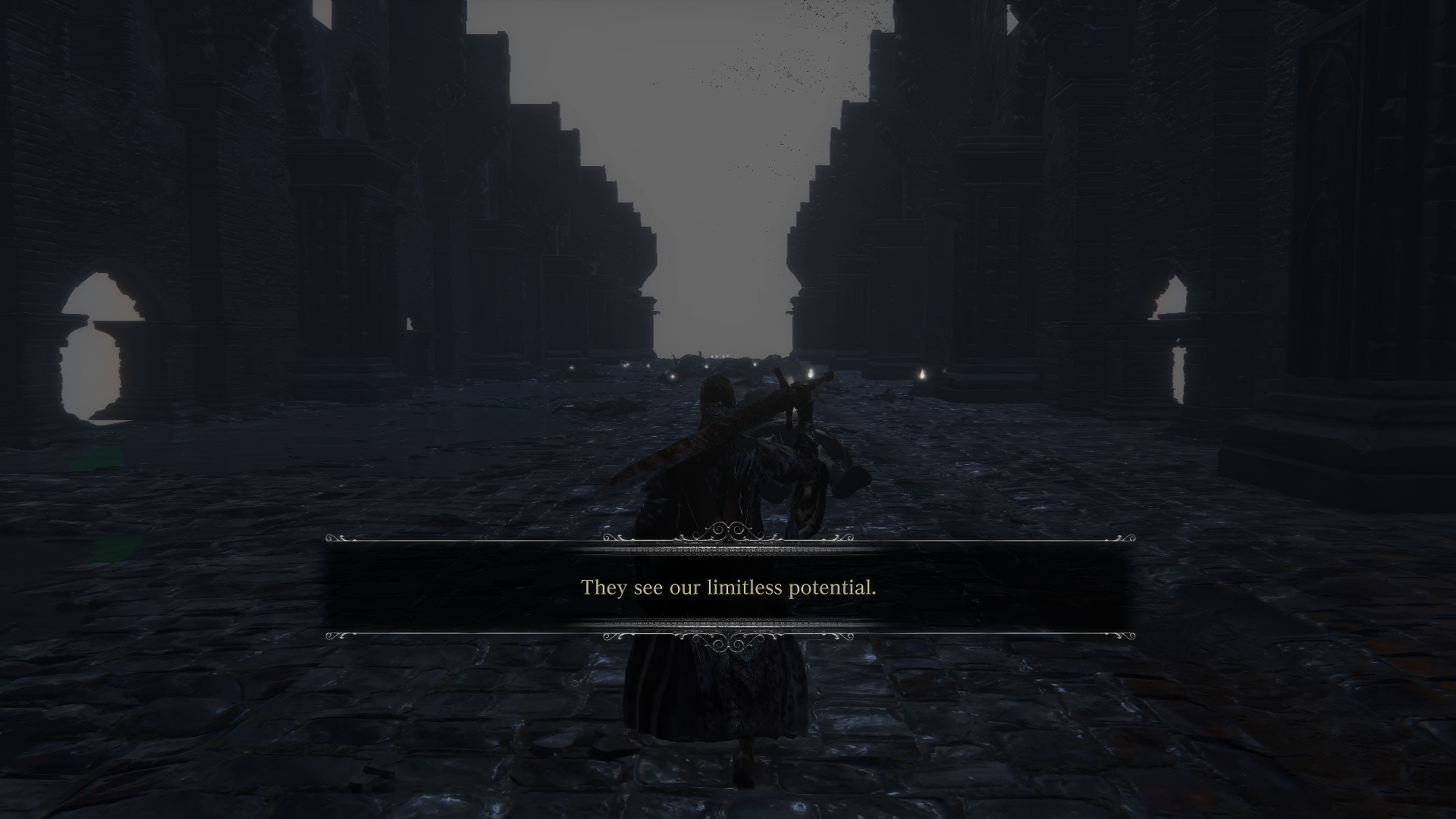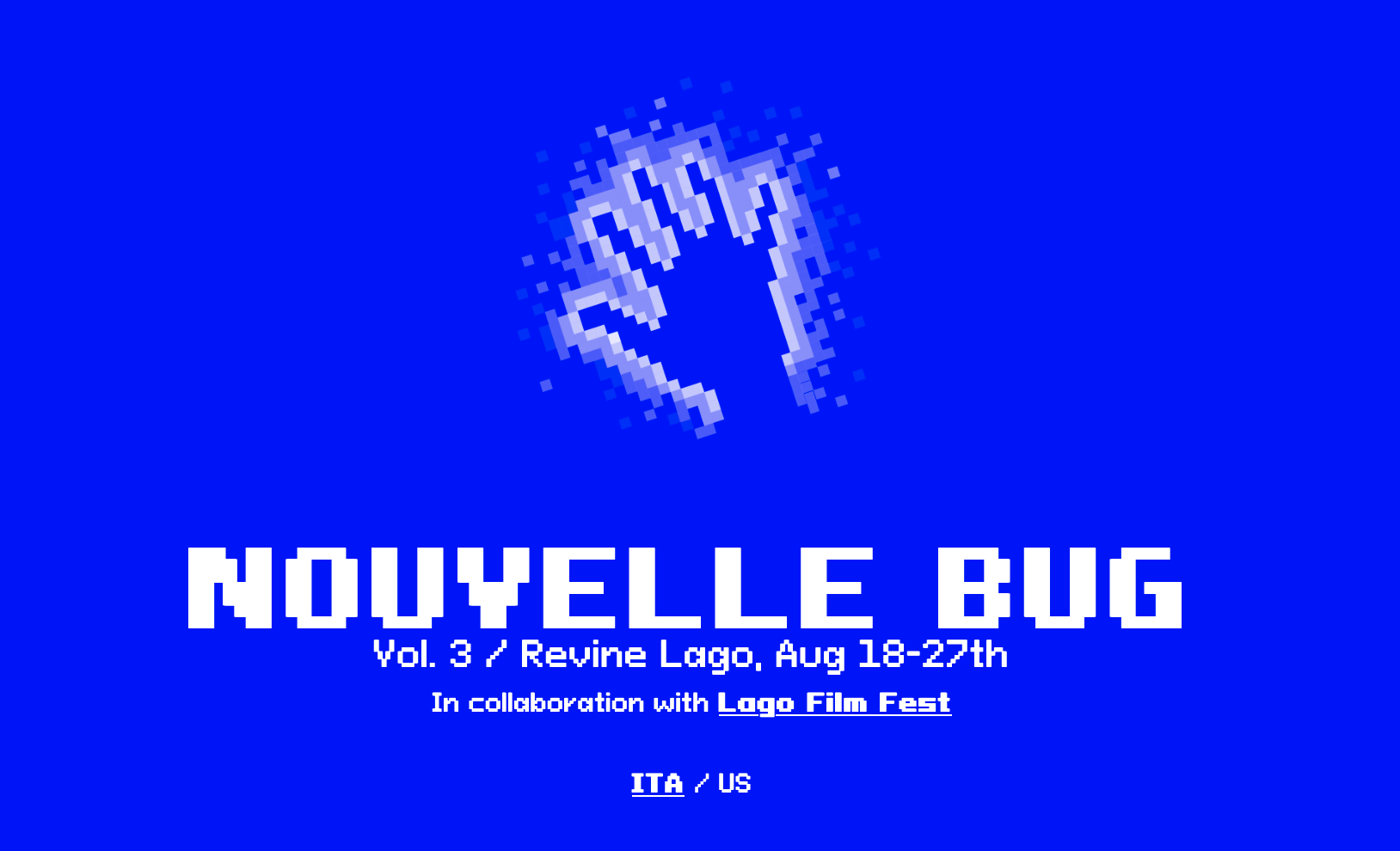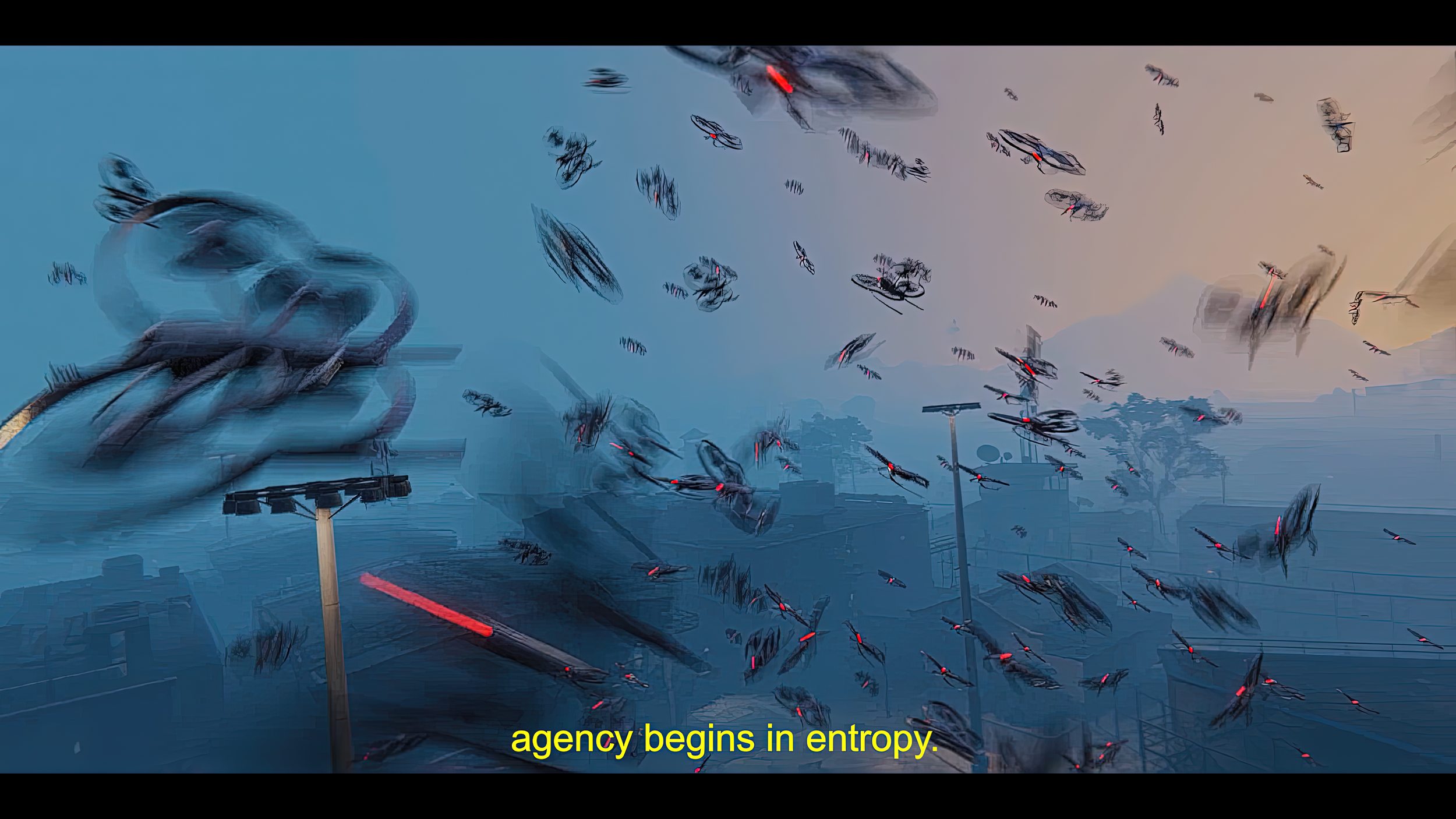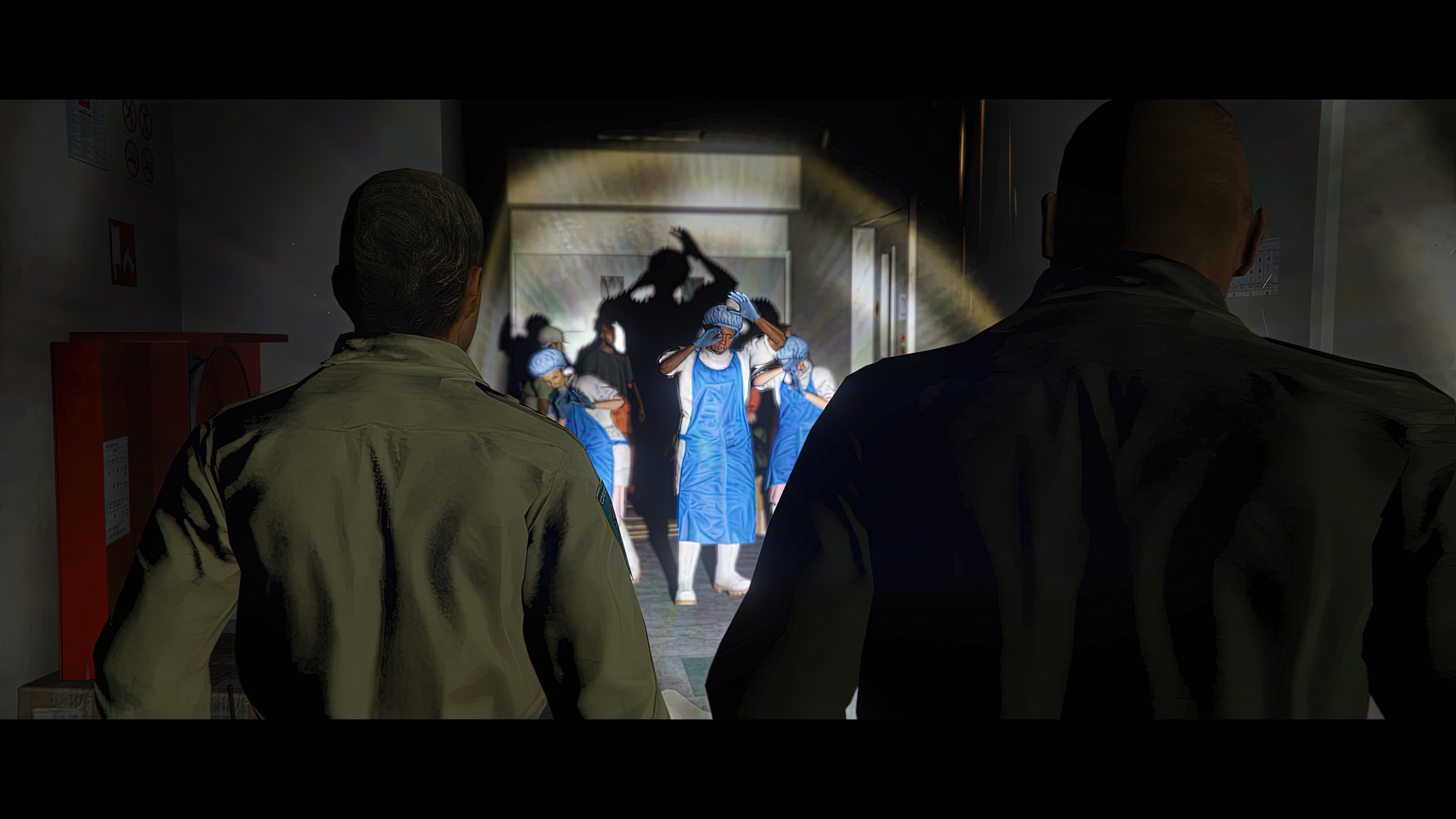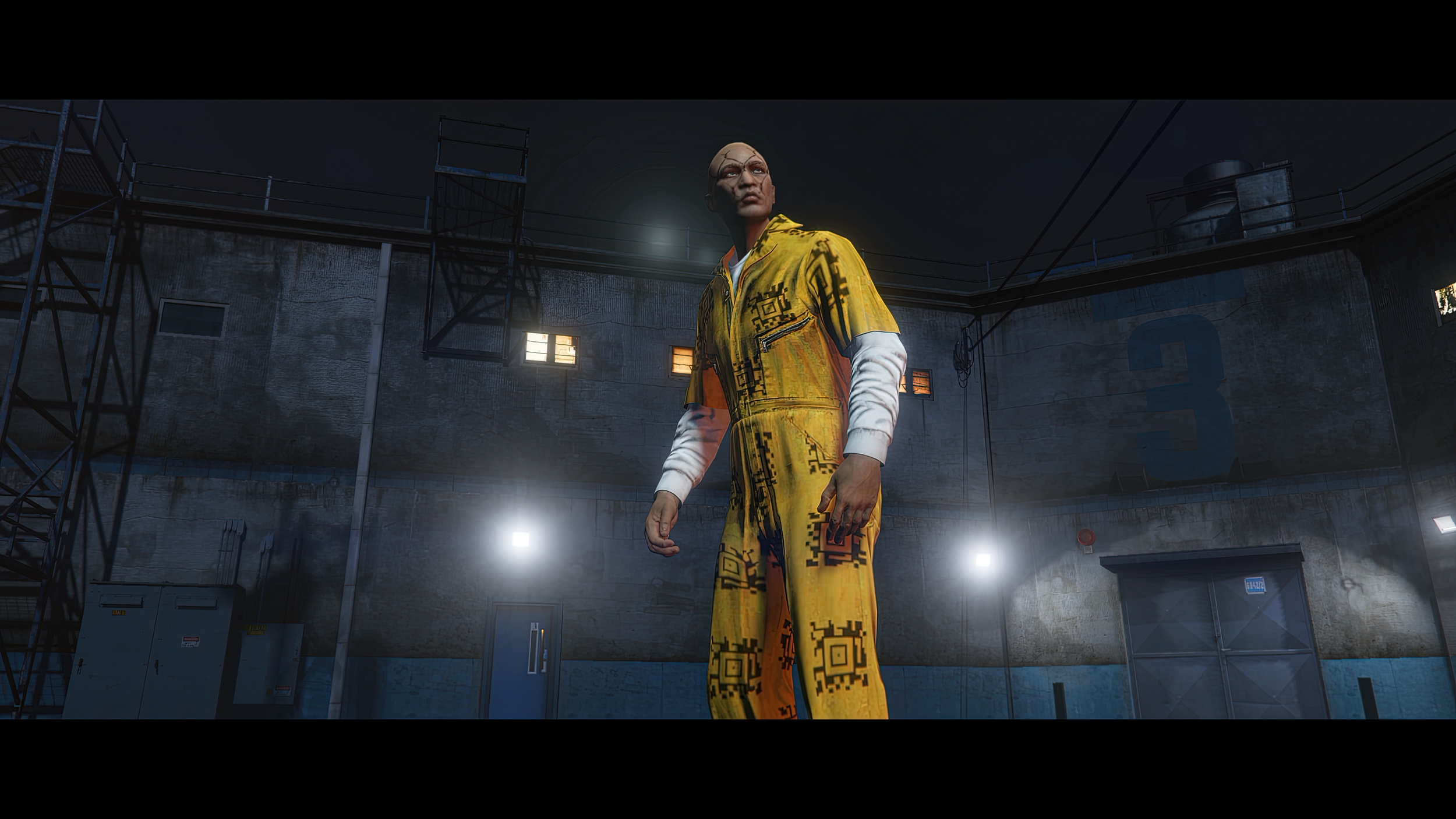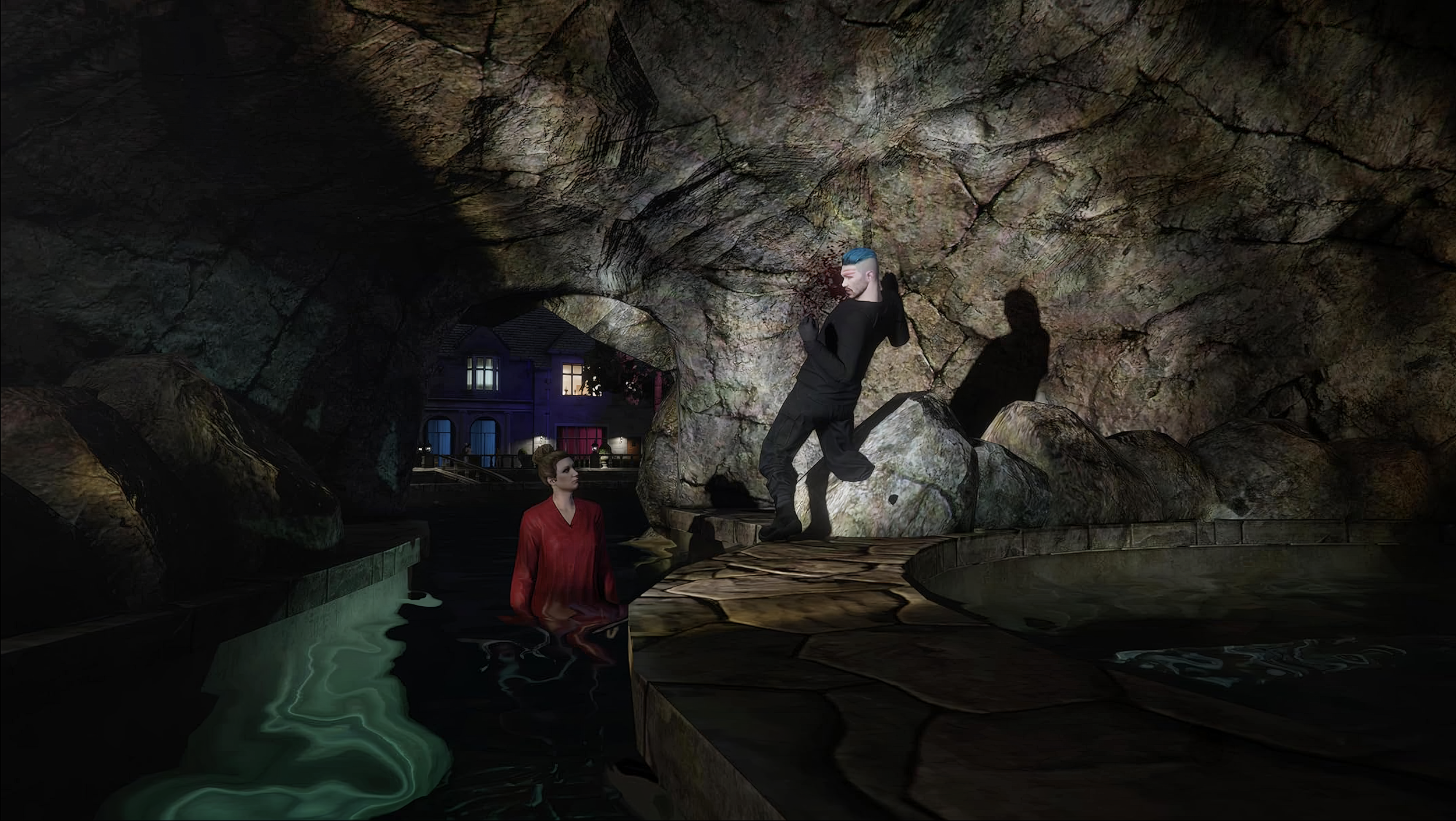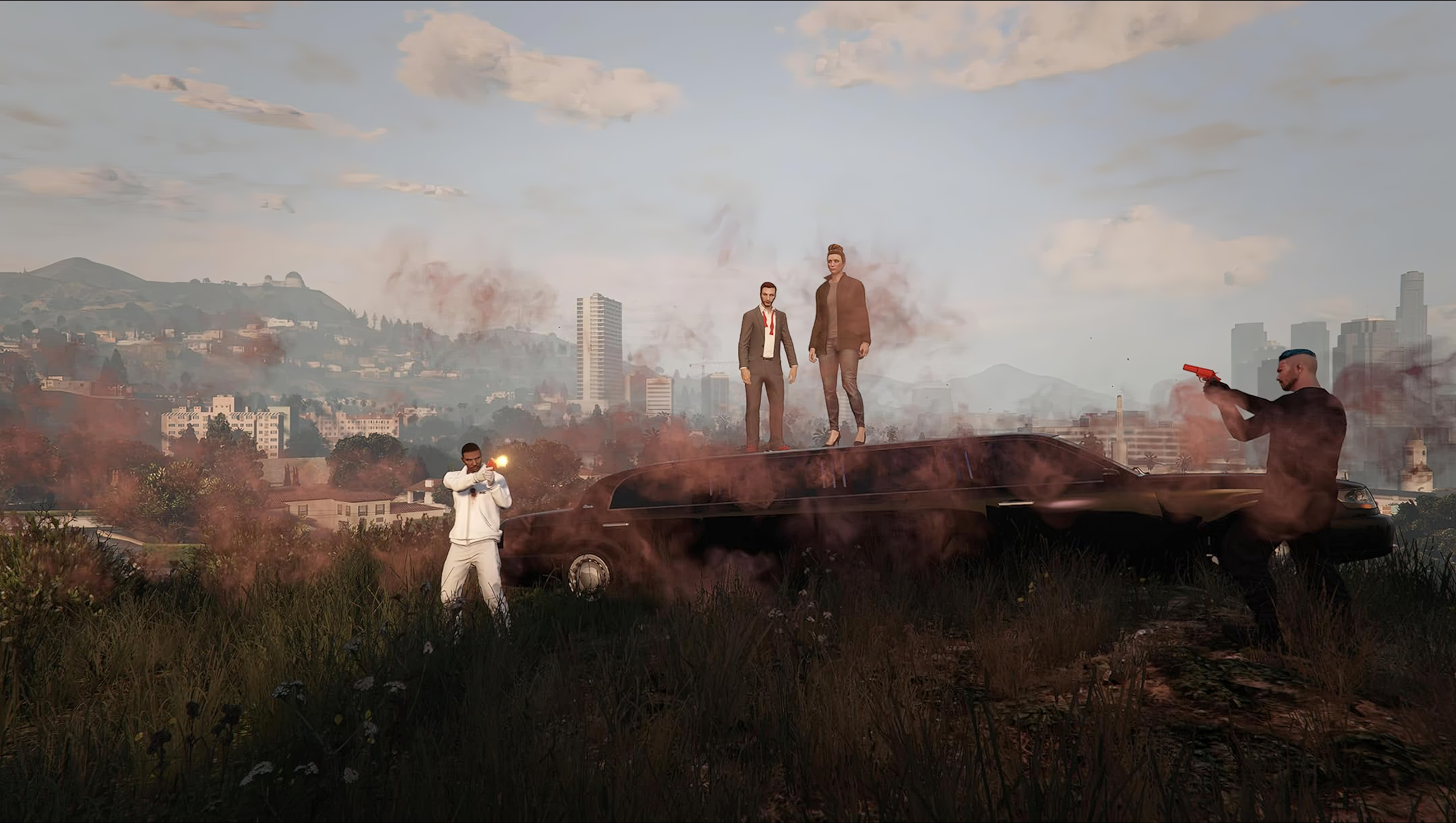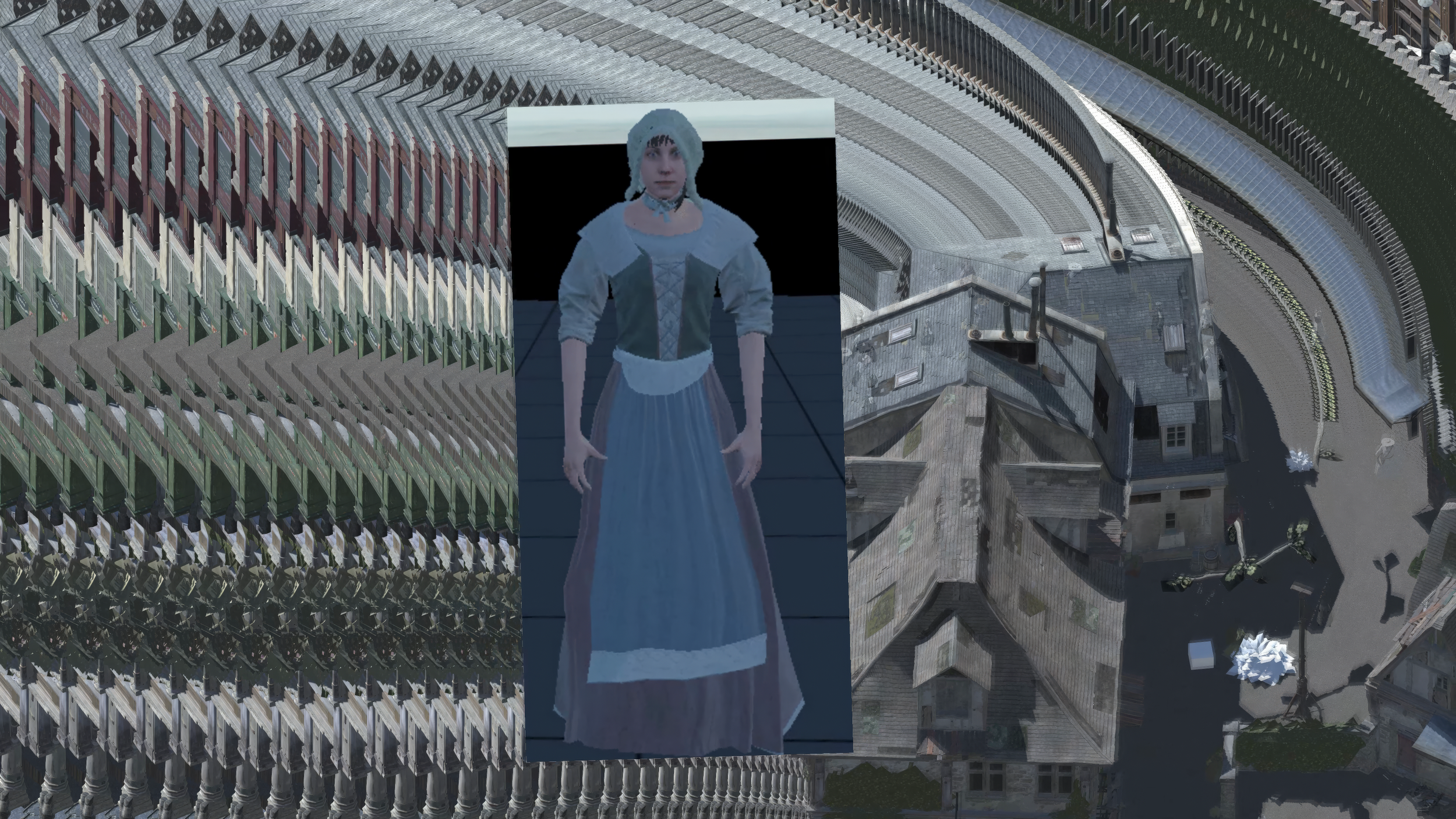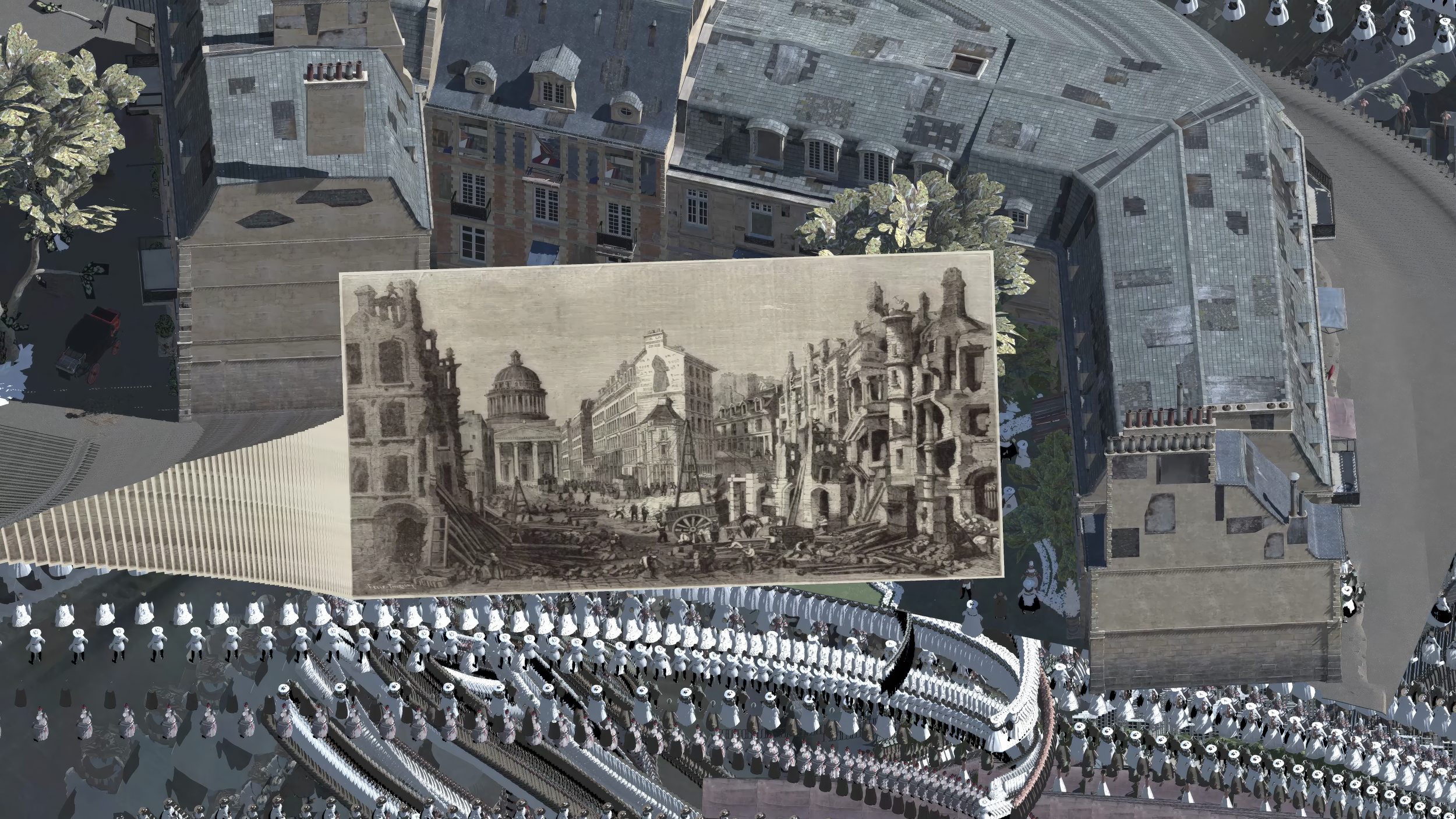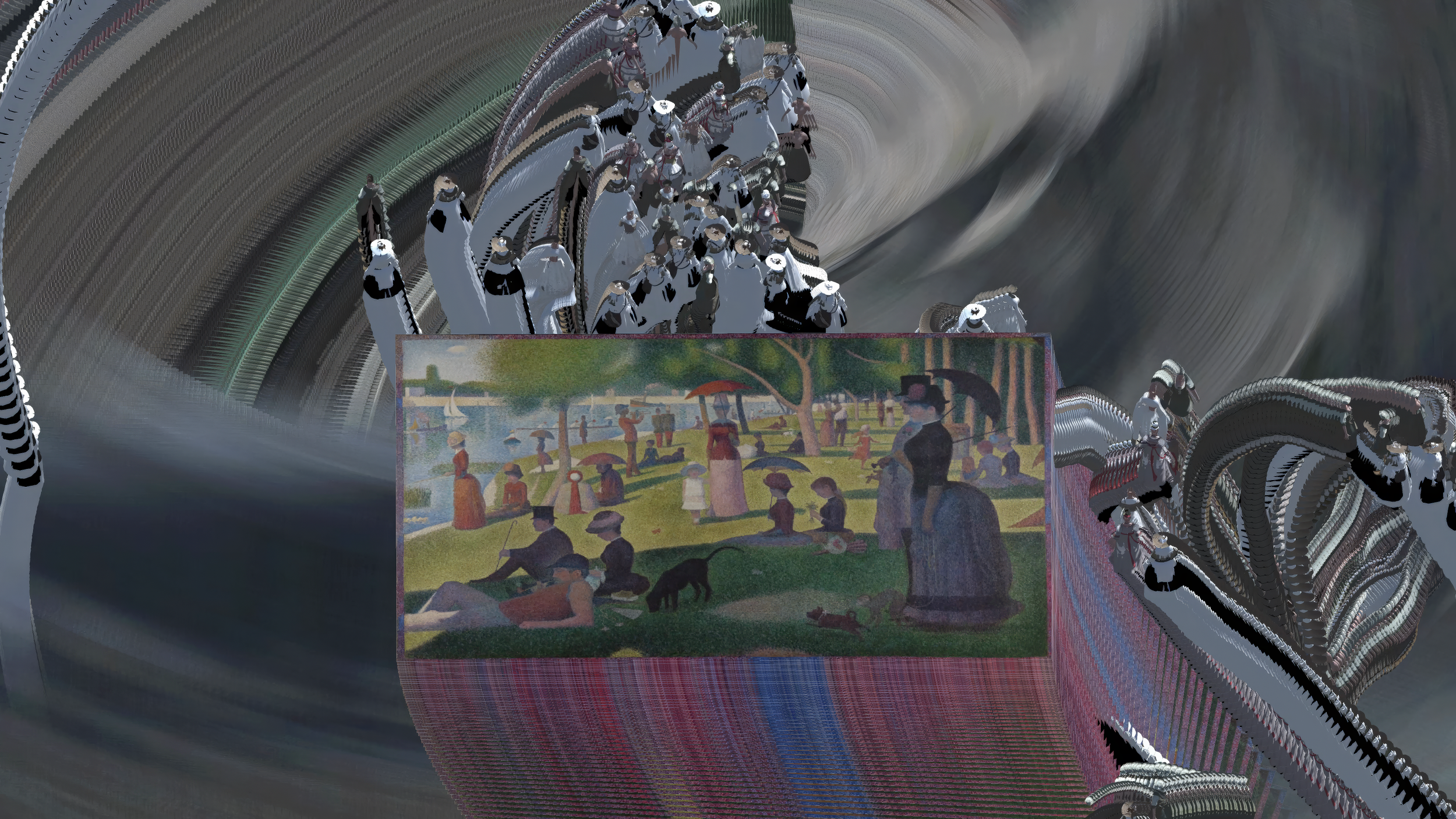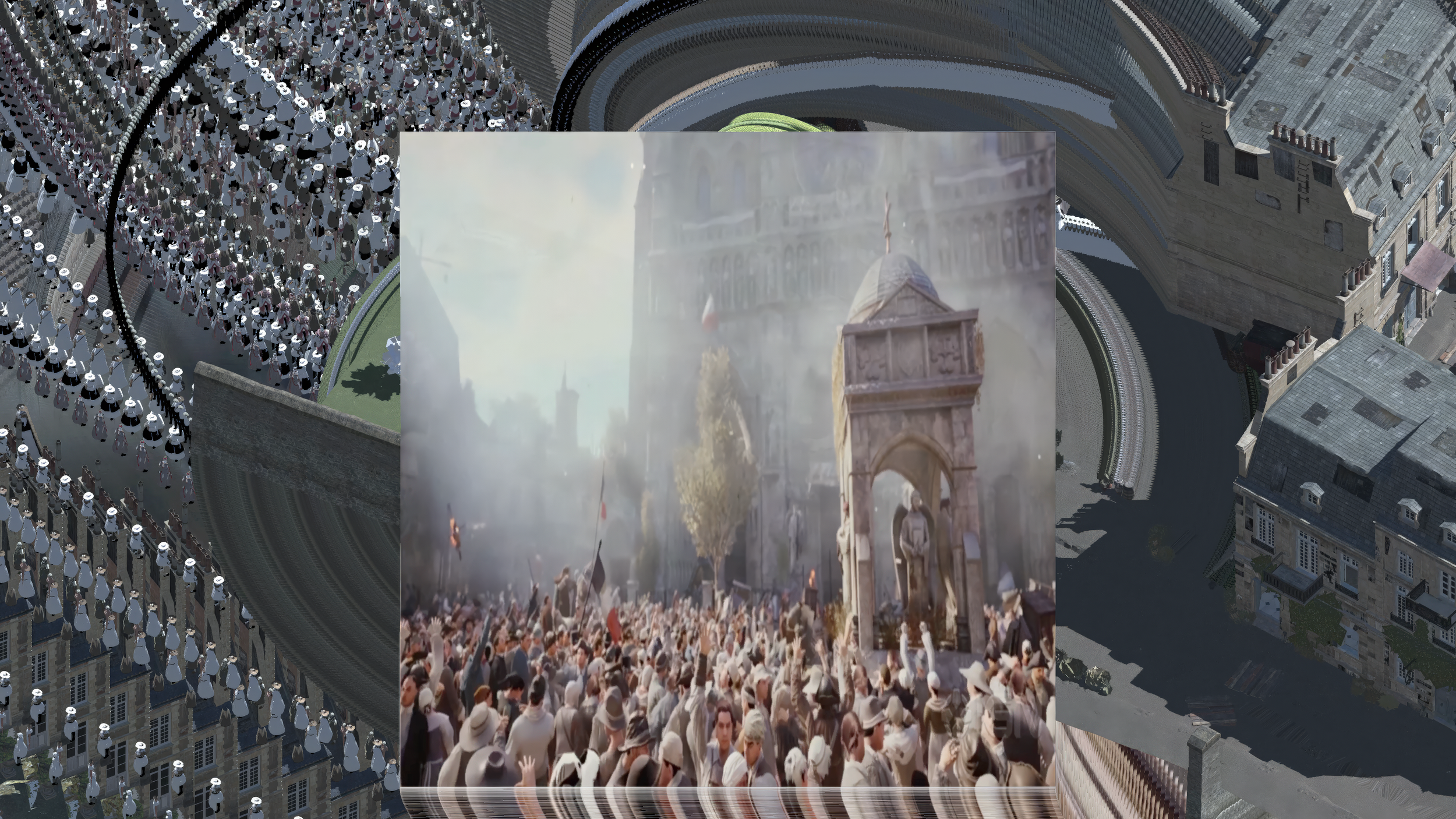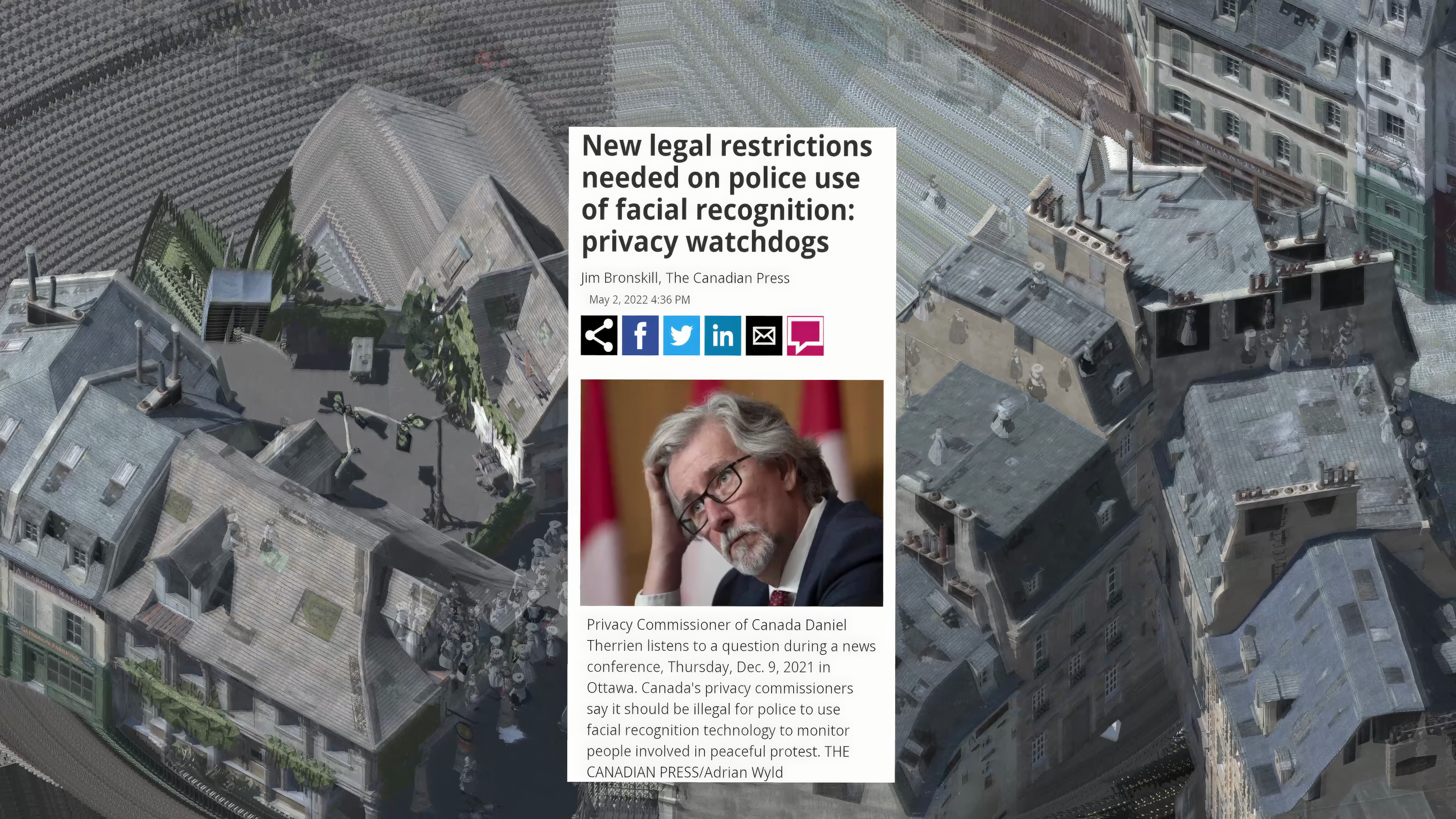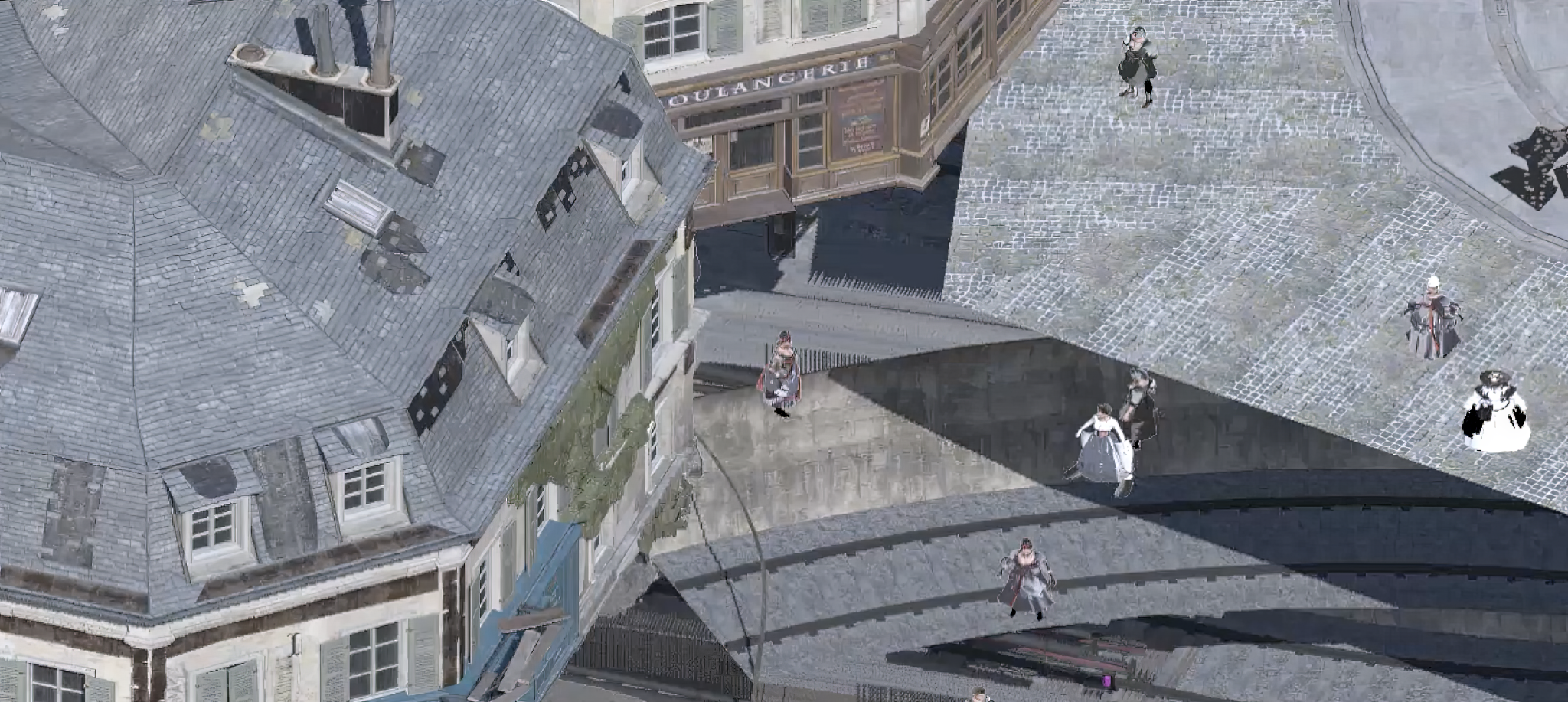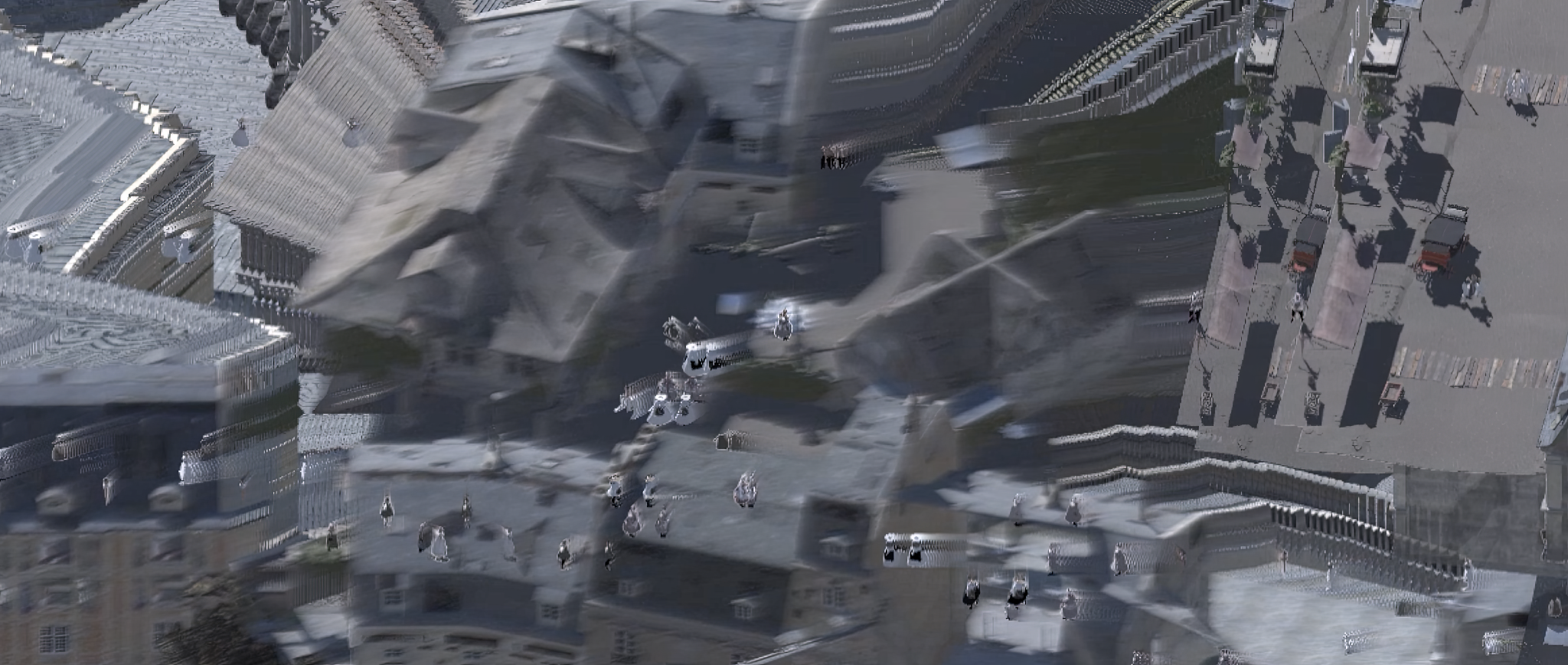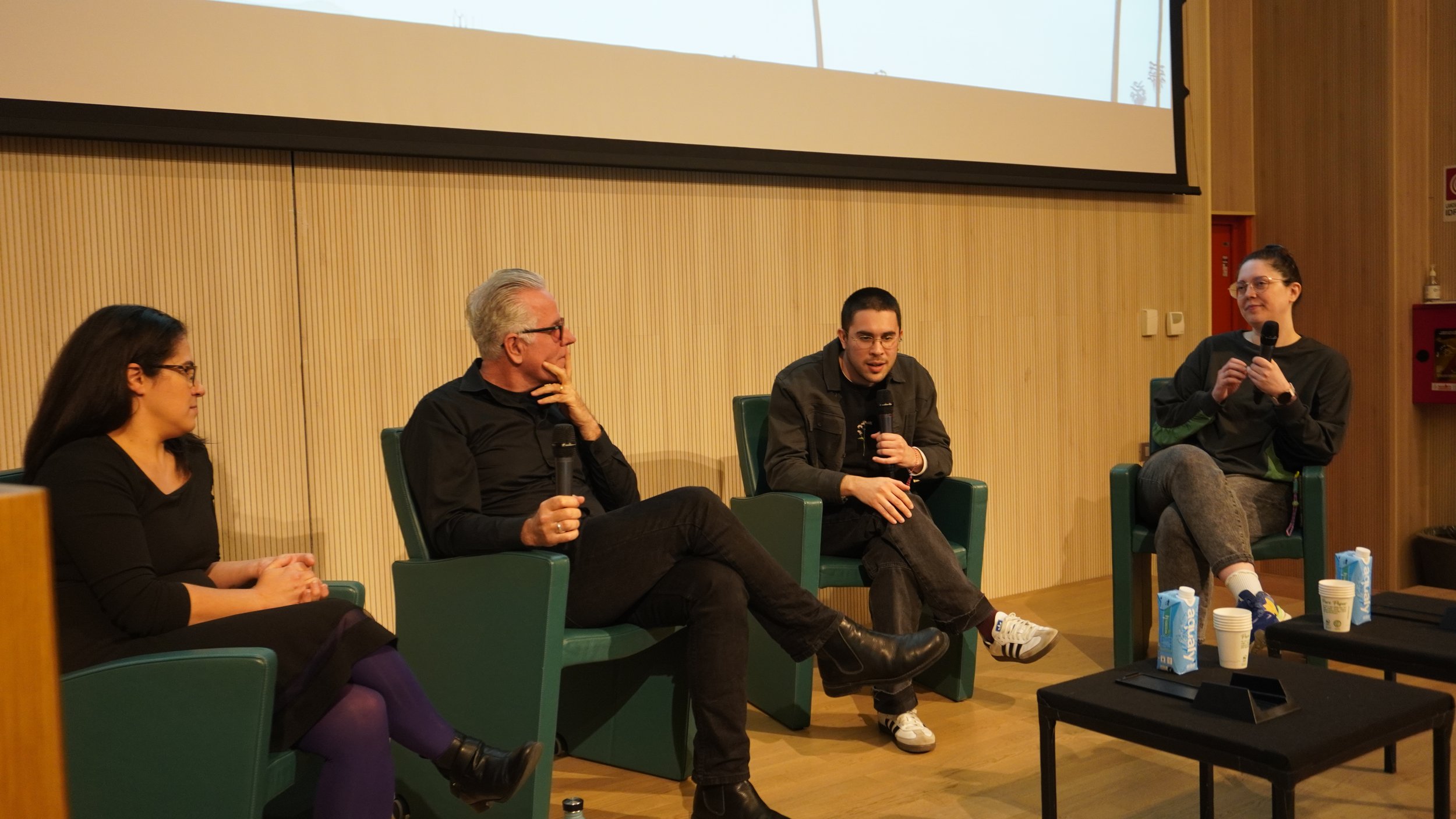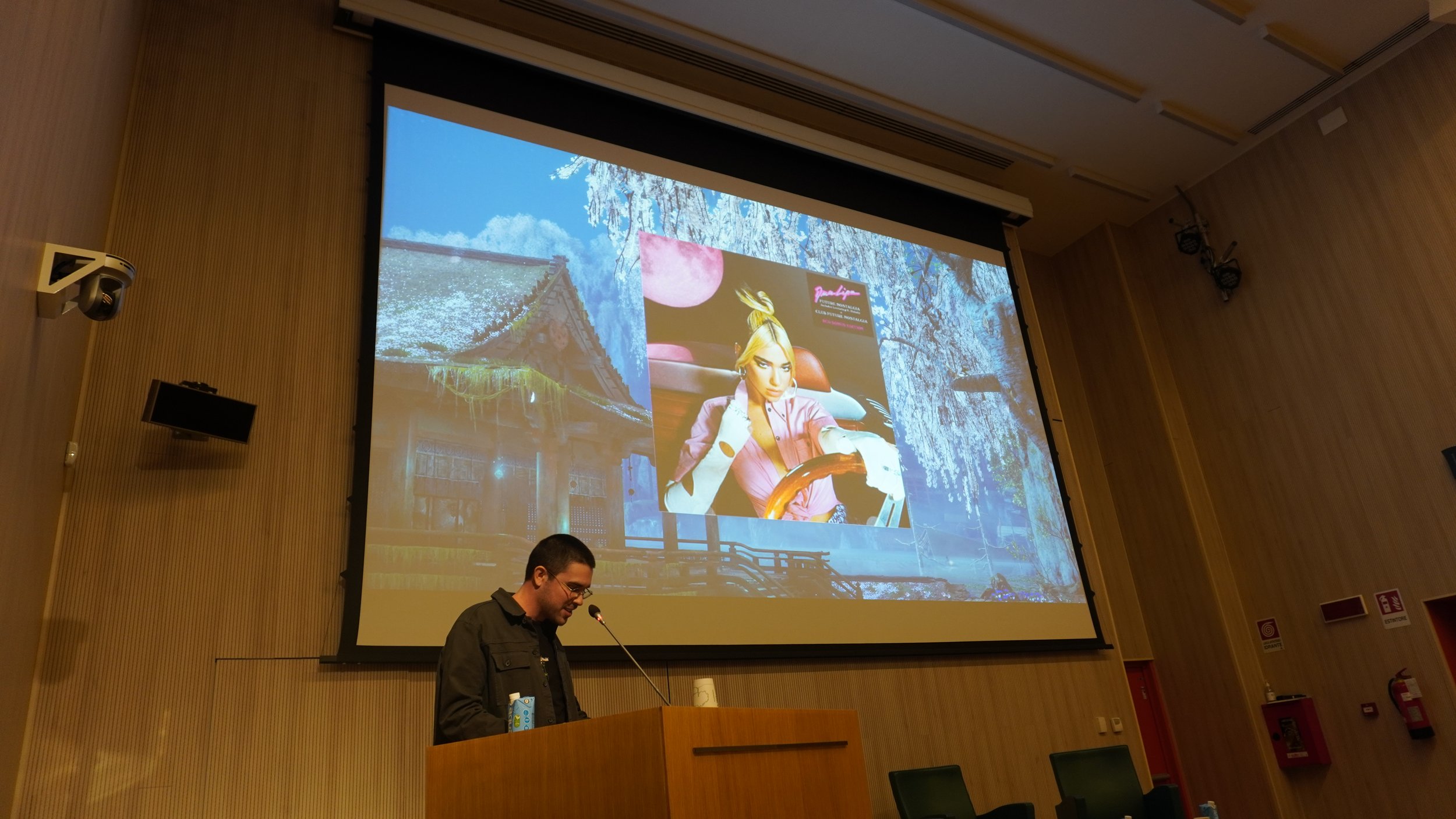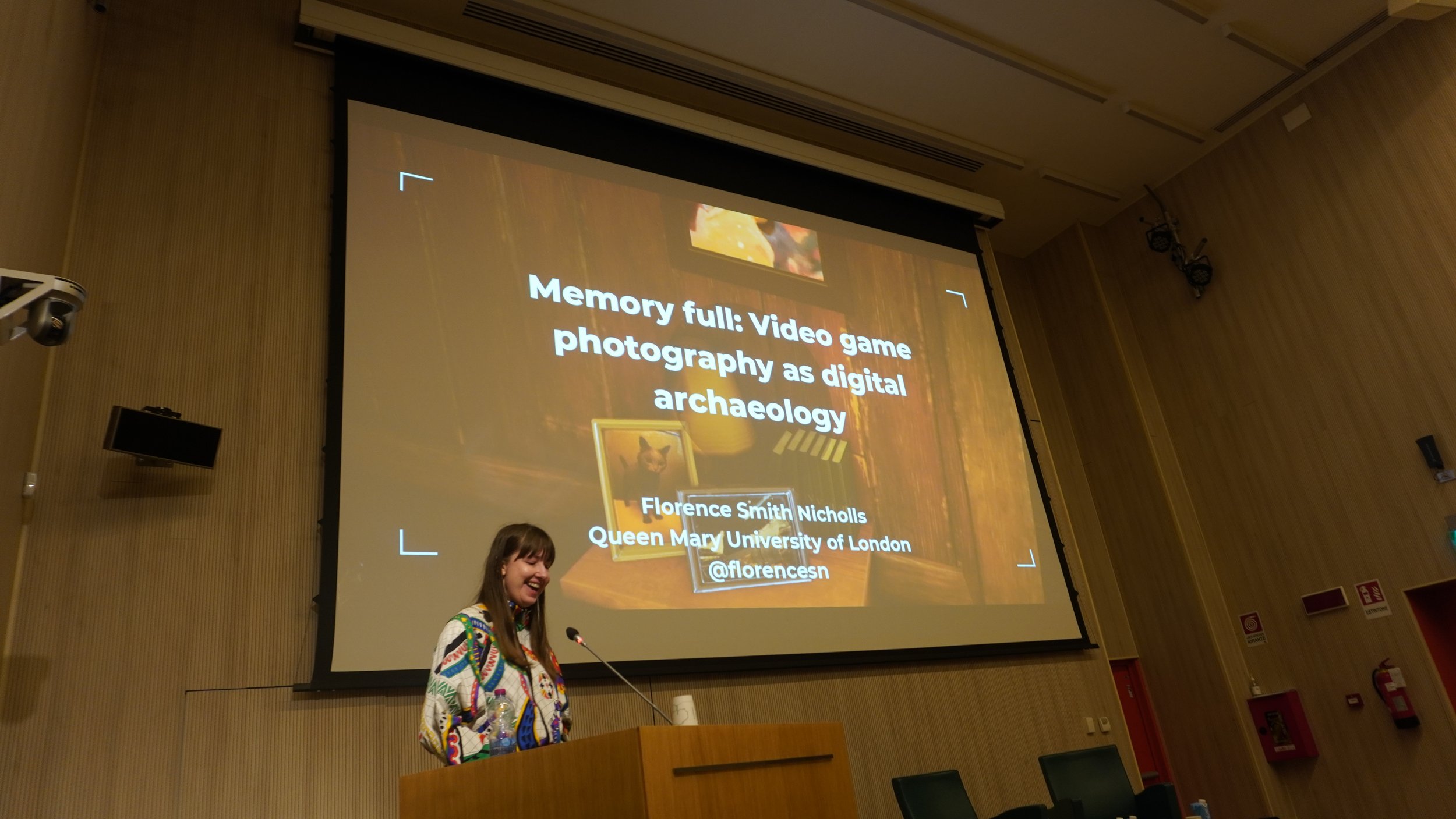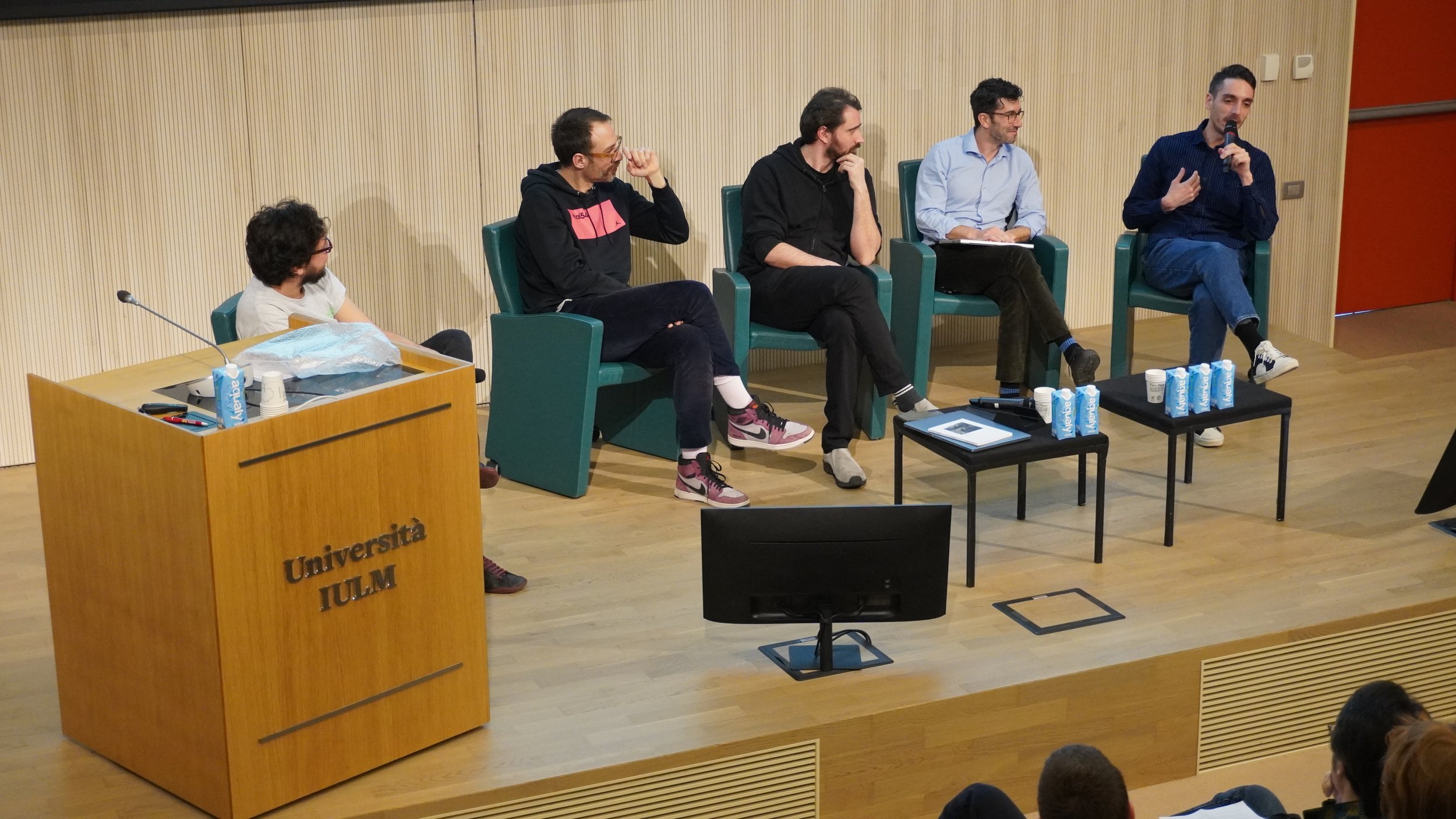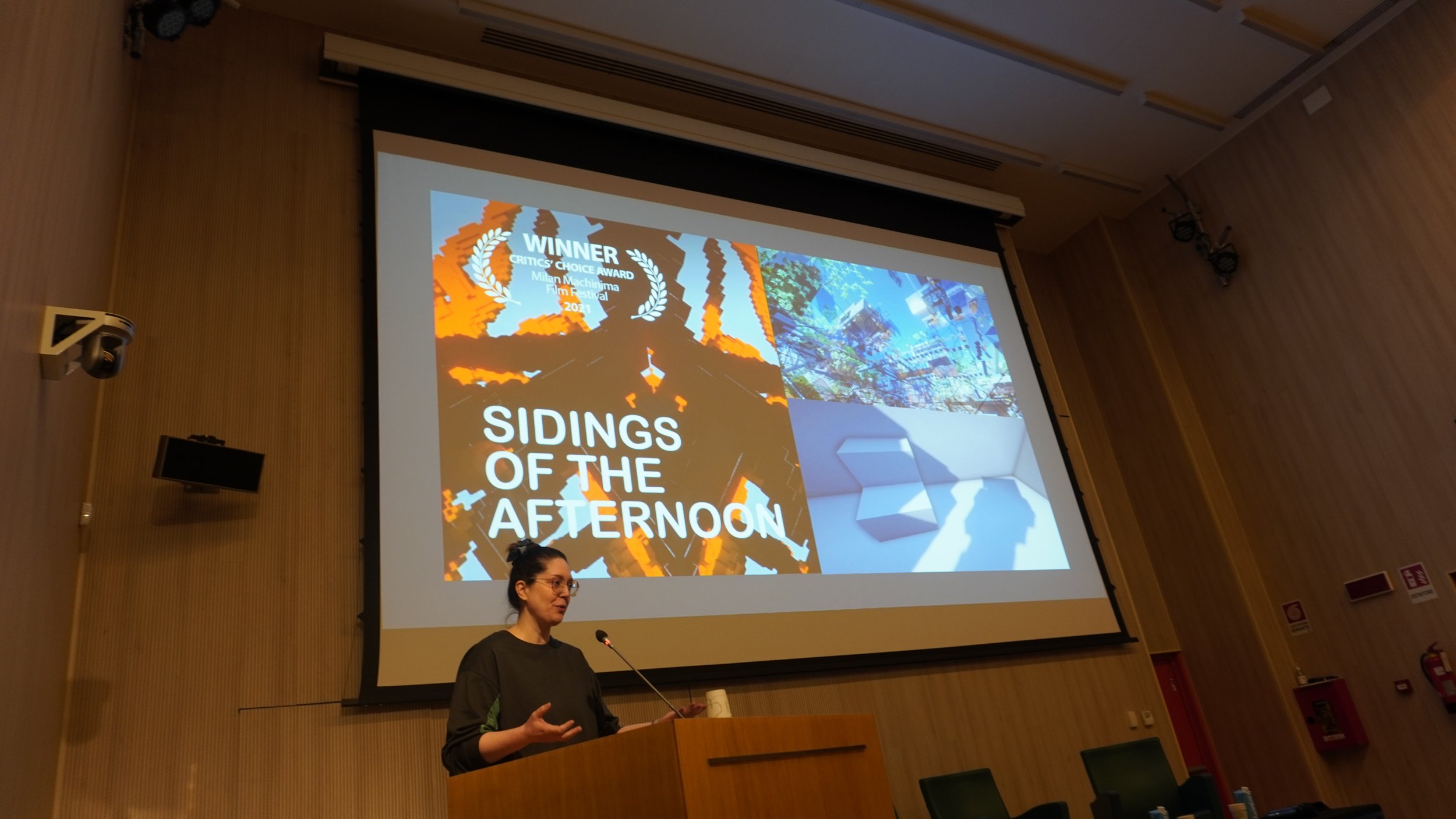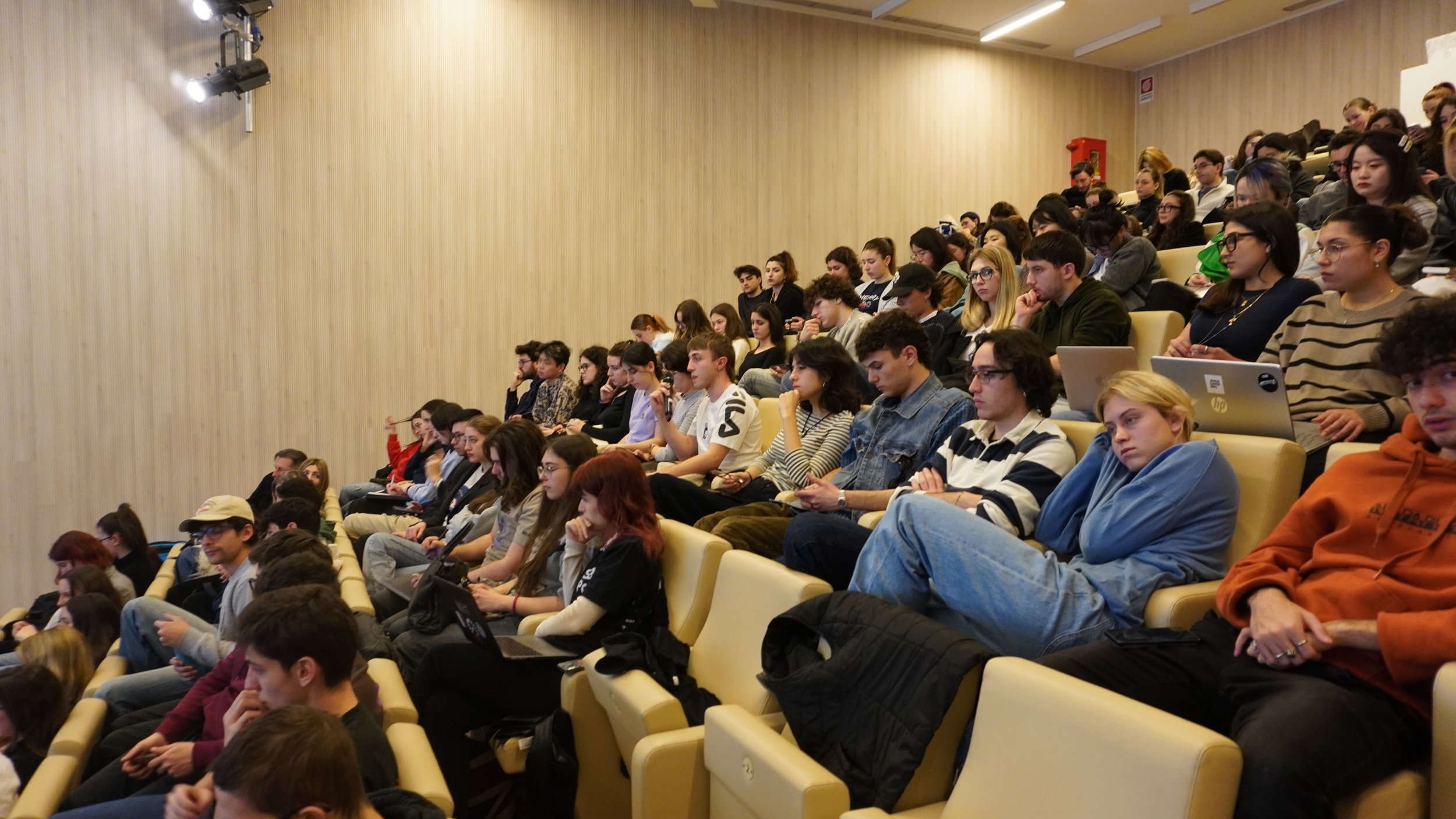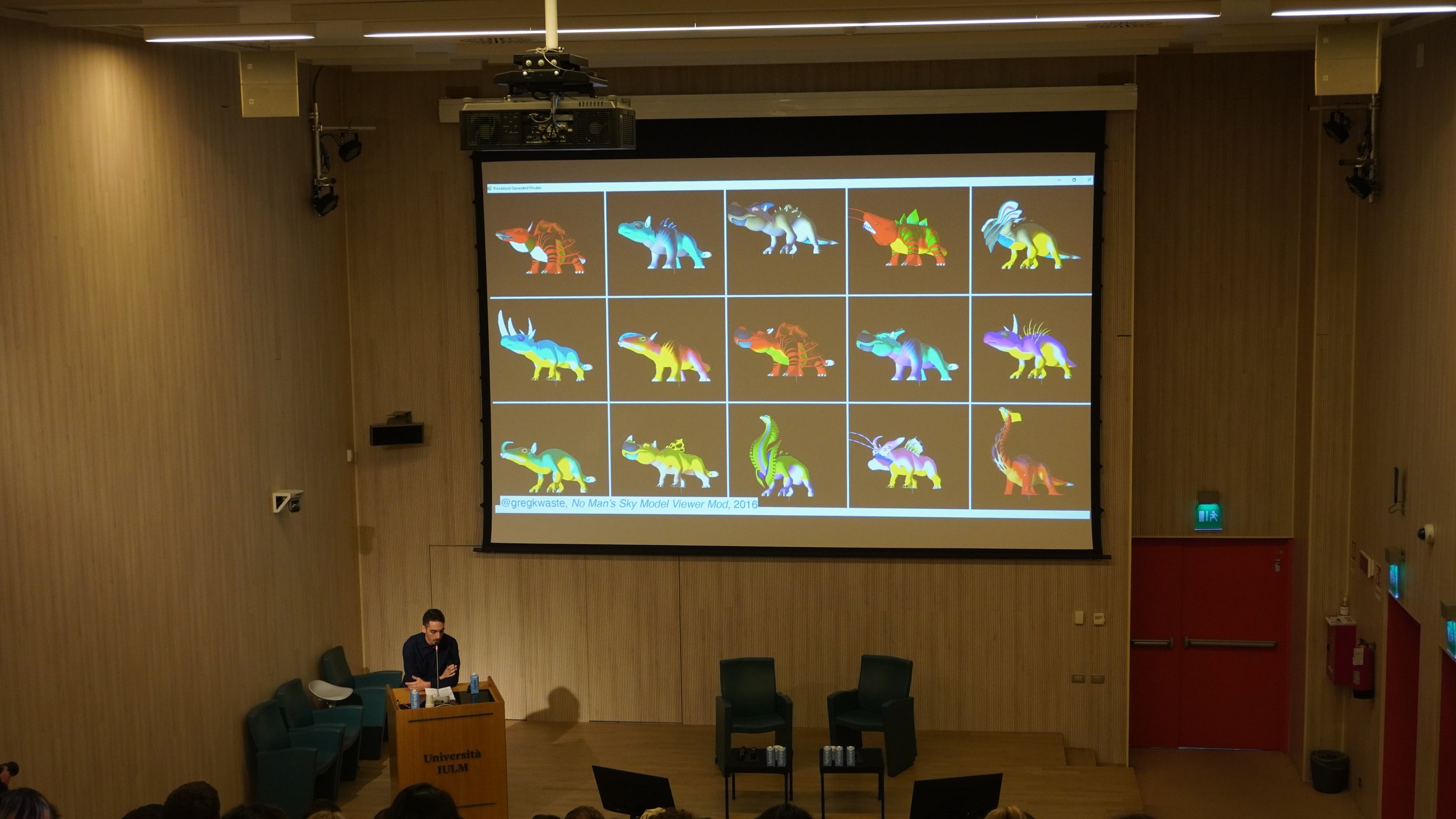The Death Trilogy
performance documentation, digital video and audio recorded in The Sims 4, 33’ 05”, 2024, Cyprus
Created by Adonis Archontides
Za woka genava (I think you are hot), Ya gotta wob’ere! Ya gotta wob’ere! (Don’t give up! Keep trying!) and Za woka genava (I think you are hot) form a trilogy in which Archontides delves into the use of video games as a platform for documenting dual performances, those of himself and his avatar, Adonis (Sim), created within the popular simulation game, The Sims 4. This unique collaboration highlights a peculiar interdependence: although Archontides controls the outcomes of their joint endeavors, both entities contribute essential roles to their creative process. These performances unfold under the passive gaze of an audience, drawn into a somewhat sadistic voyeurism. Yet, crucially, Adonis (Sim) remains unaware of his reality as a digital construct, performing actions dictated by Archontides that, while impossible in the real world, are completely feasible within the game’s algorithmic constraints. The Death Trilogy pushes the boundaries of digital life and death, as evidenced in the final moments of each piece. Here, viewers witness Adonis’s resurrection, a thematic echo of the limitless possibilities afforded by simulated environments.
Adonis Archontides is a multidisciplinary artist who studied Illustration & Visual Media at the University of the Arts in London. His works are satirical and introspective; they often investigate the production of identity as a conscious or subconscious process, and the porosity between fiction, reality, and simulation. Part of his research focusing on his namesake Adonis, an ancient Greek nature deity, revolves around the effects of time on the interpretation of myths. An avid gamer, Archontides believes in the artistic potential of video games which often uses as raw material in his artistic practice. He has been collaborating with an avatar of himself created in the popular simulation game The Sims 4, juxtaposing Joseph Campbell’s hero’s journey with an artist’s career trajectory through an episodic narrative. Archontides lives and works in Limassol, Cyprus.



